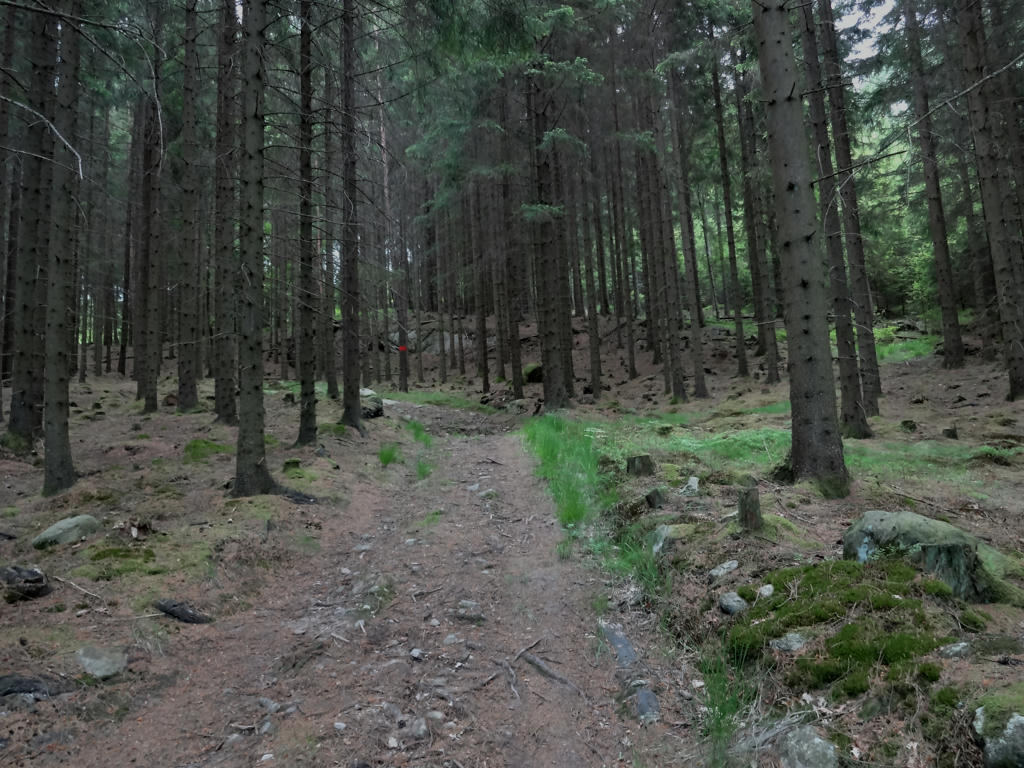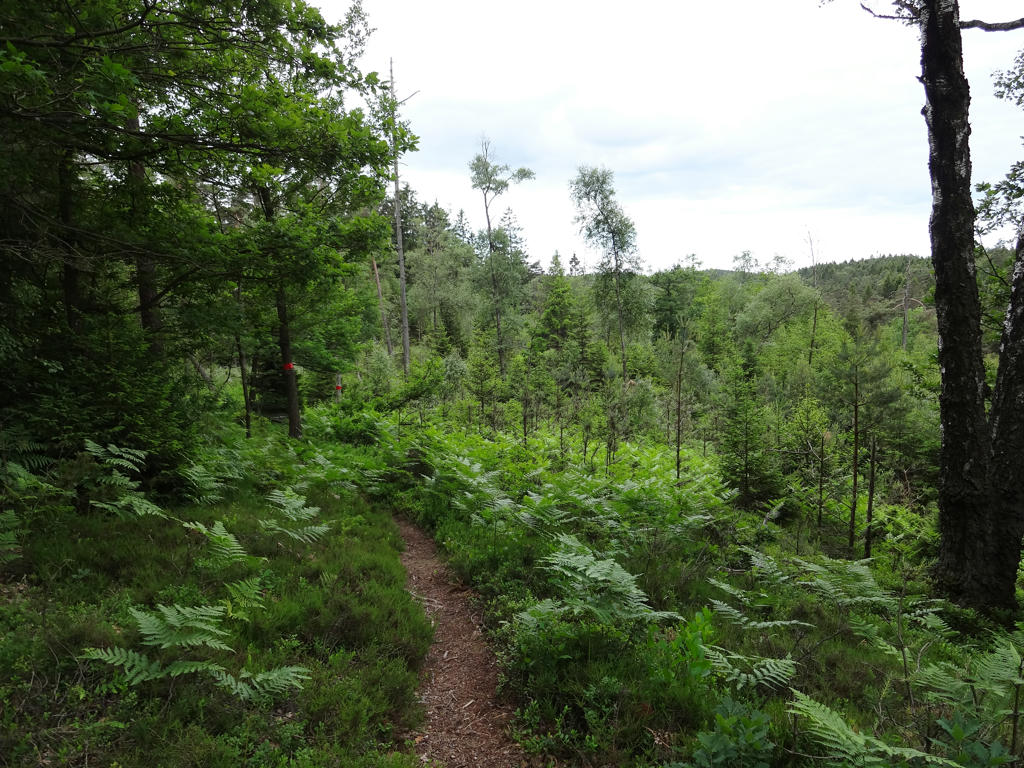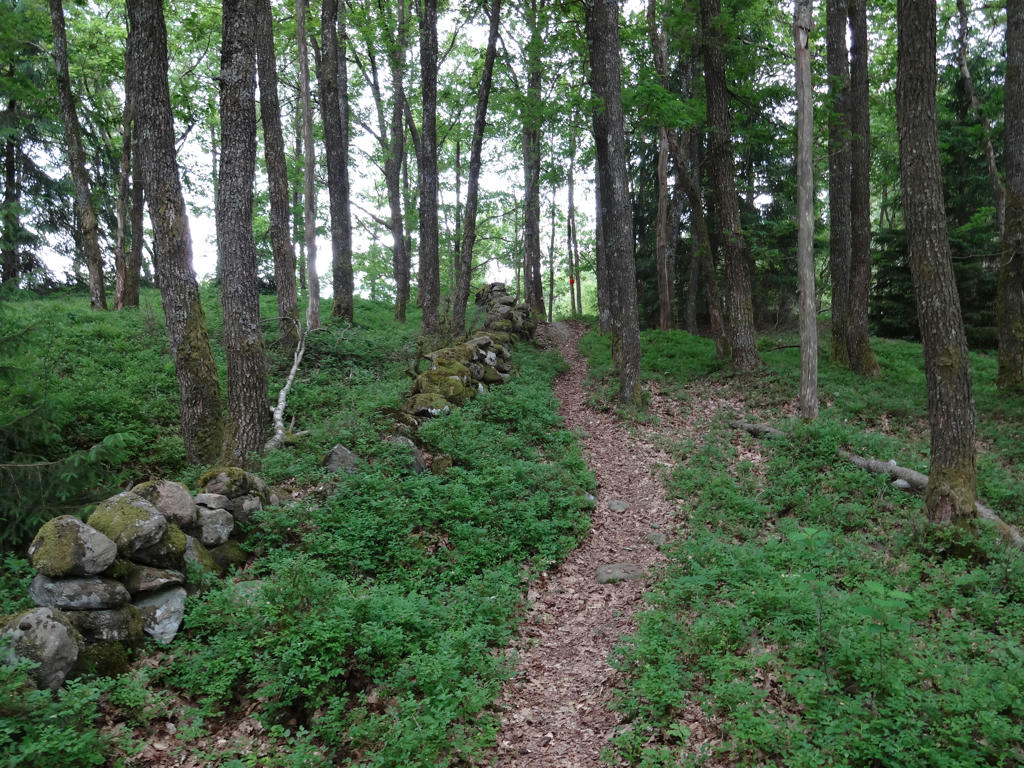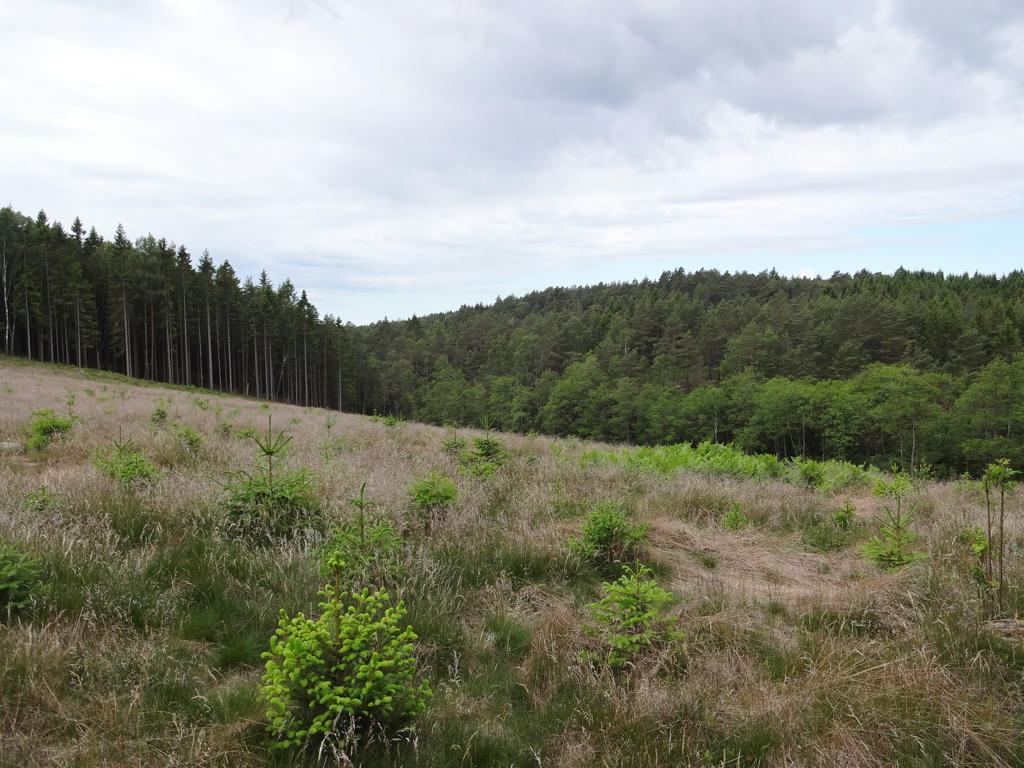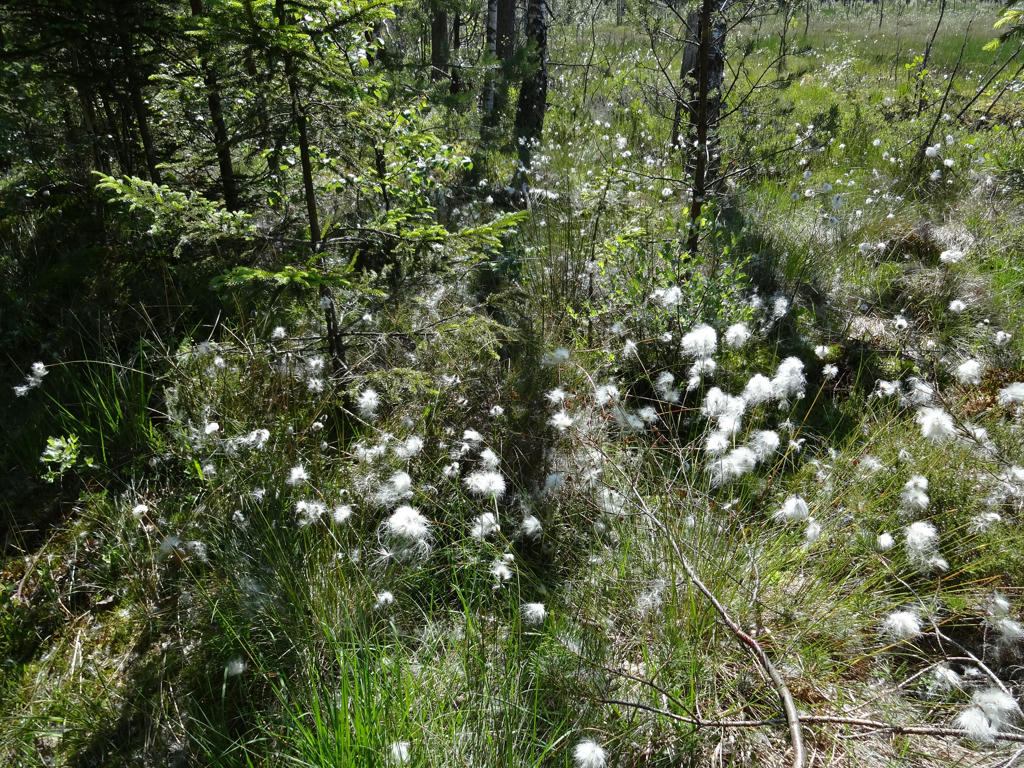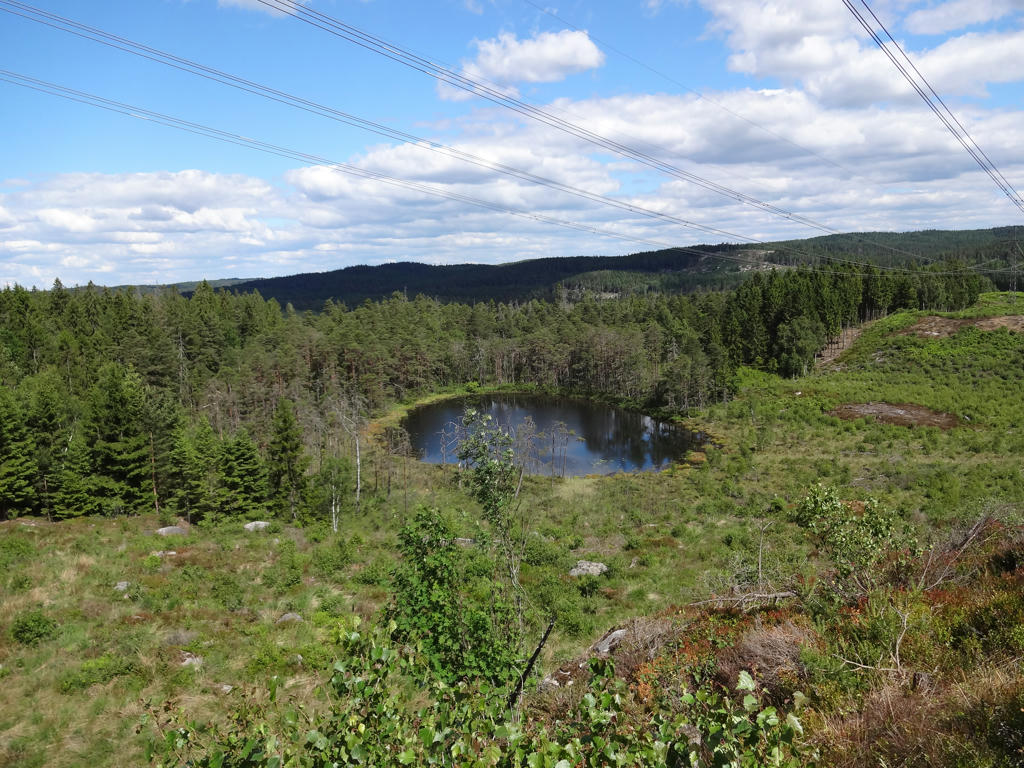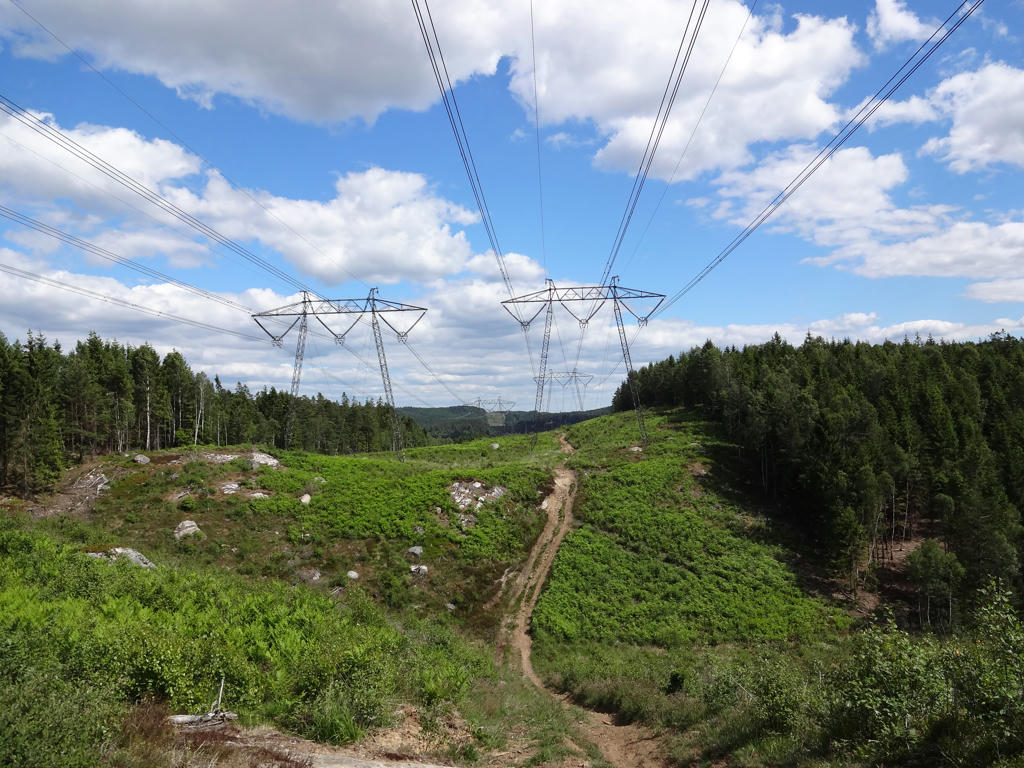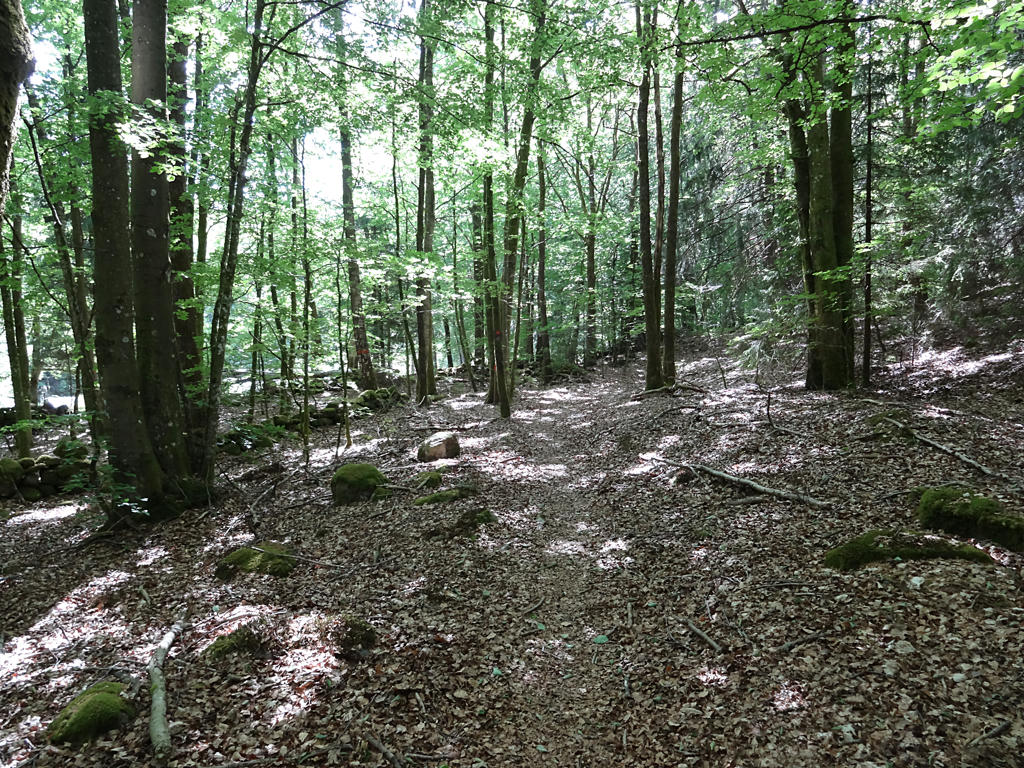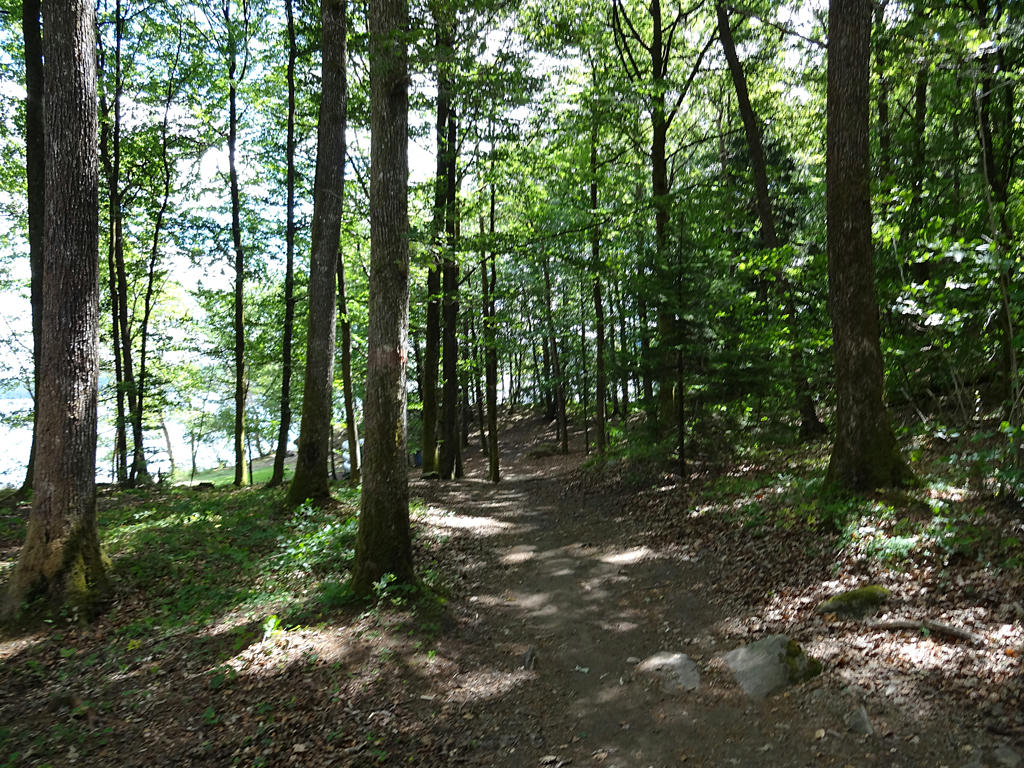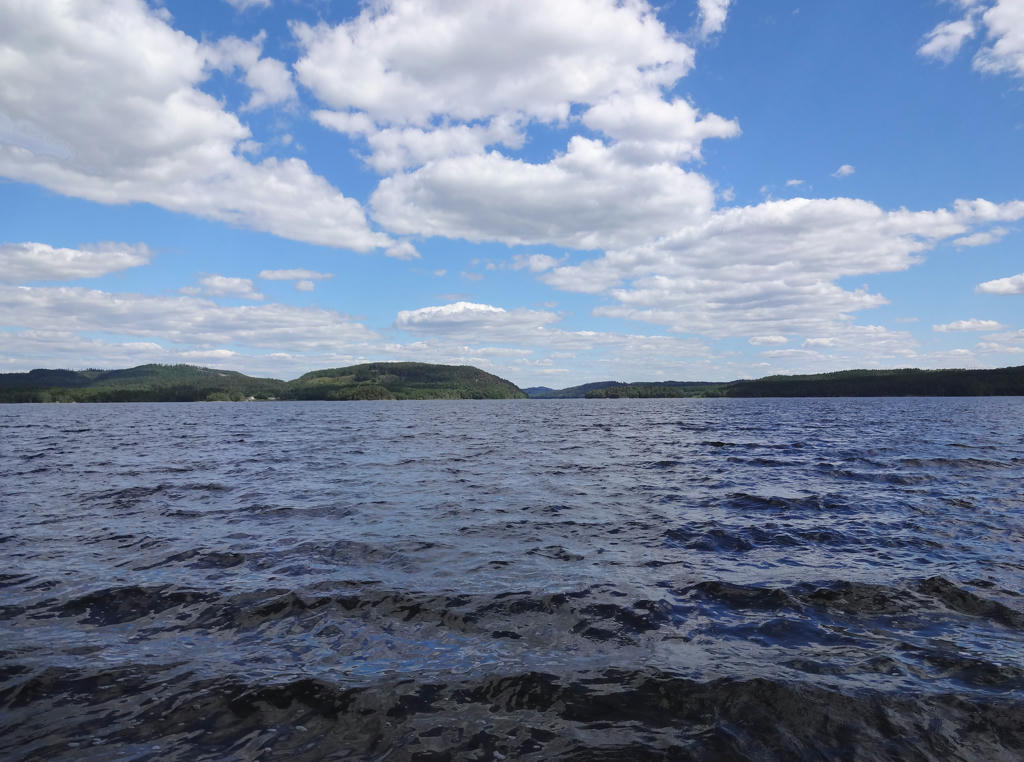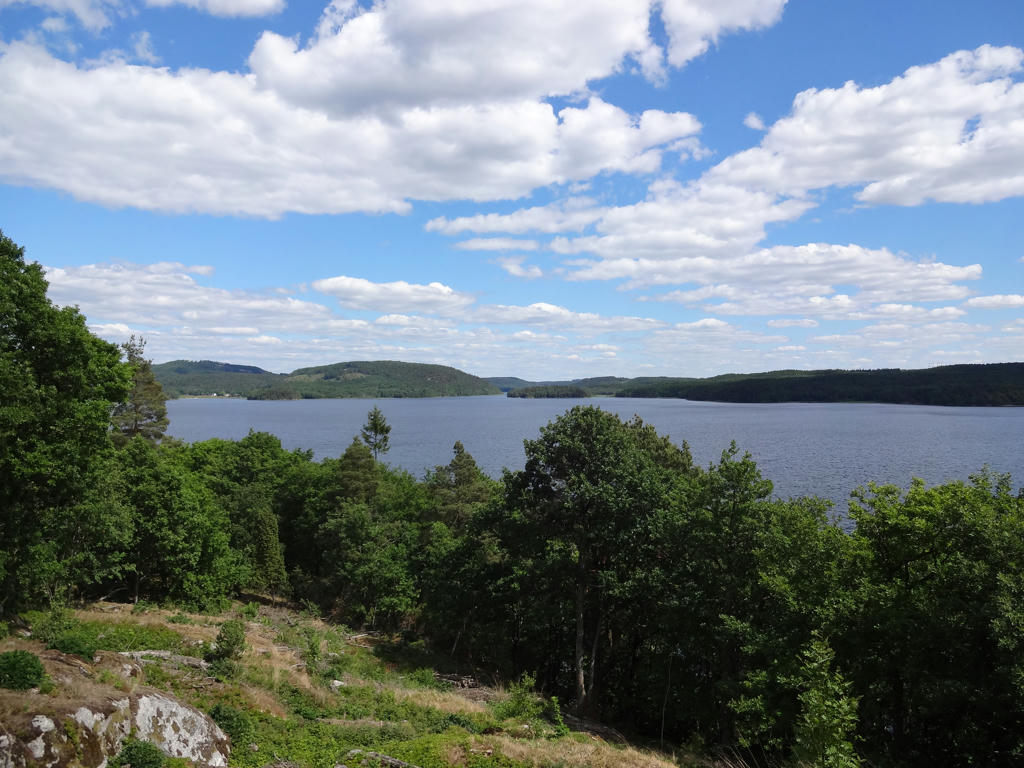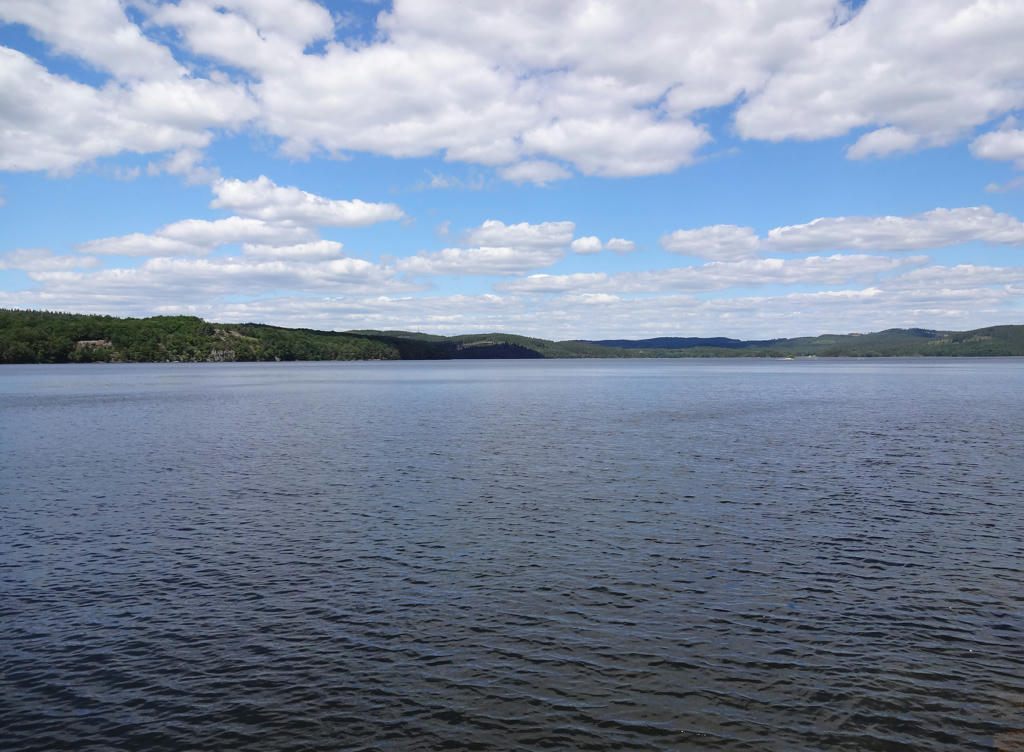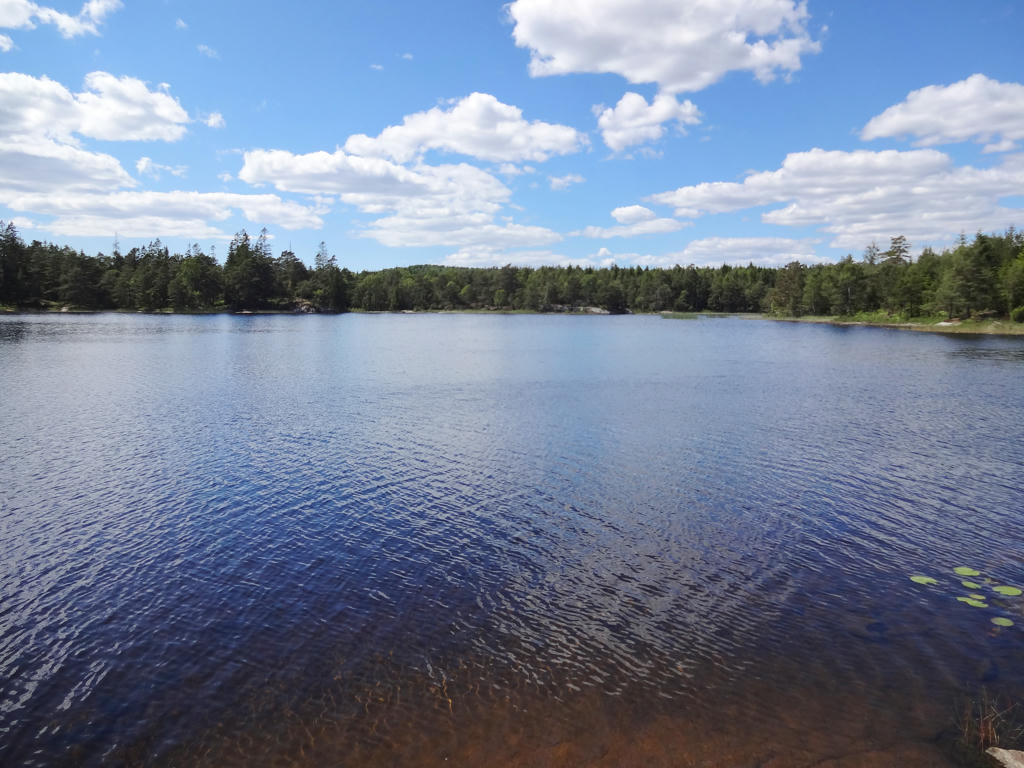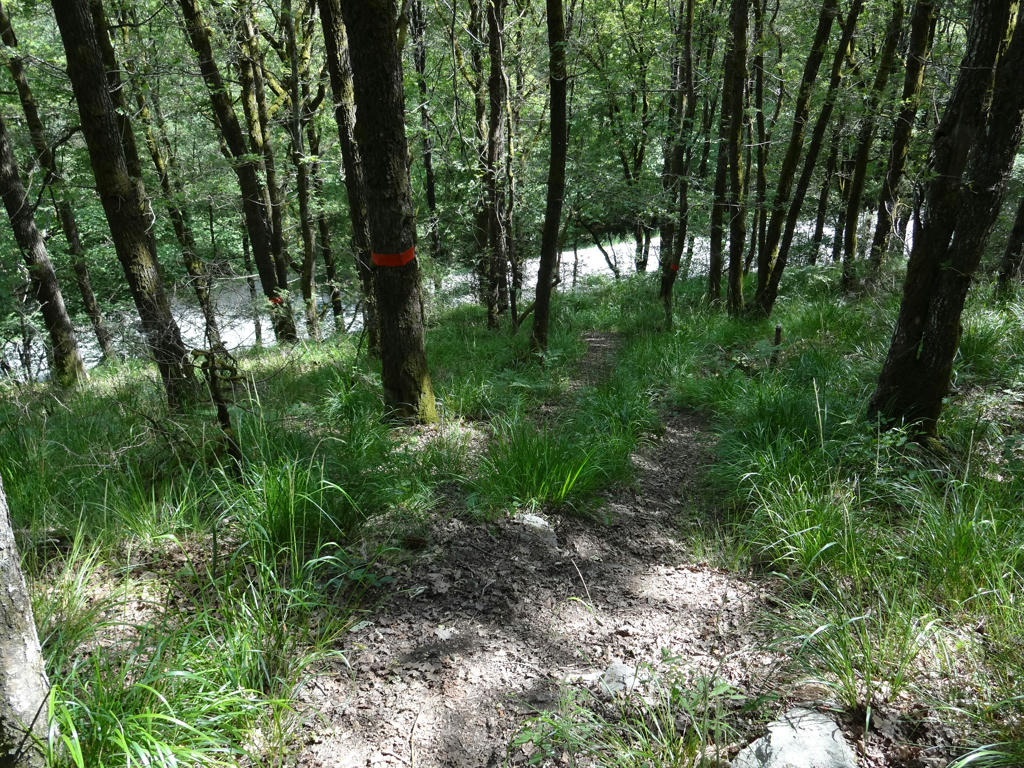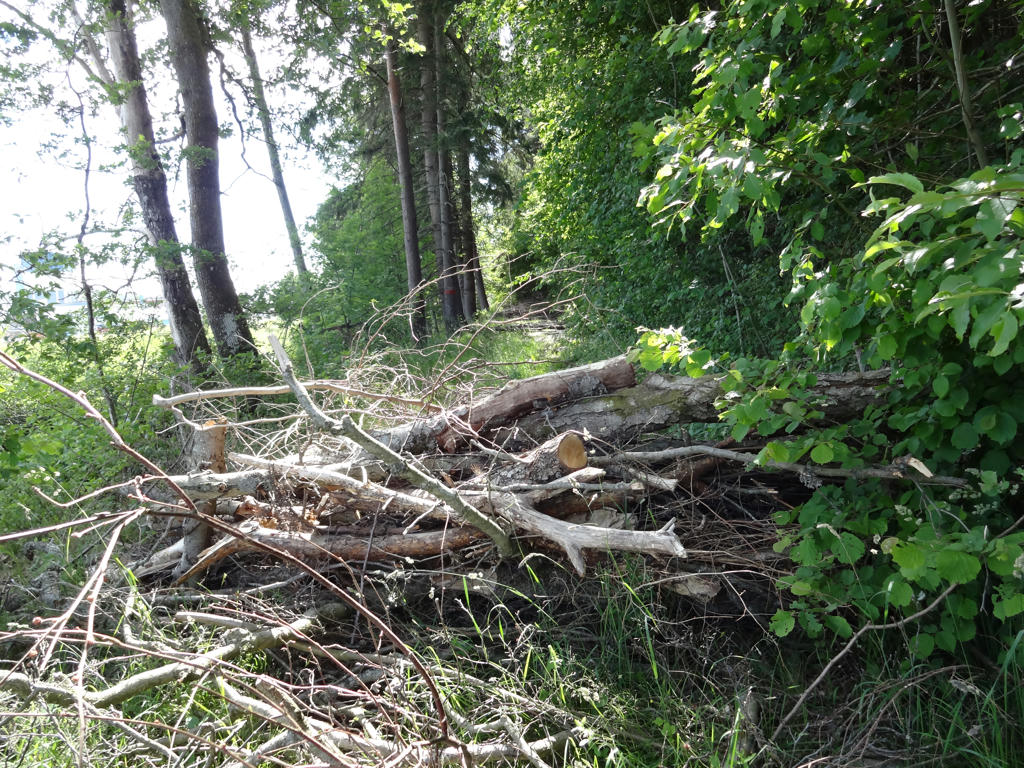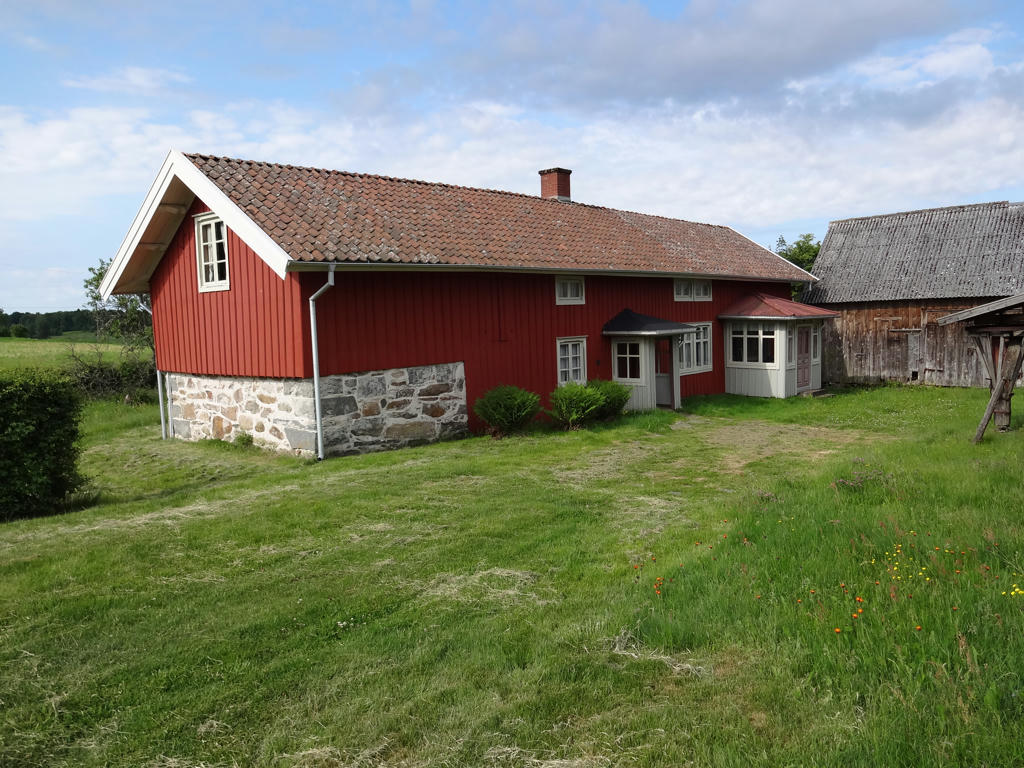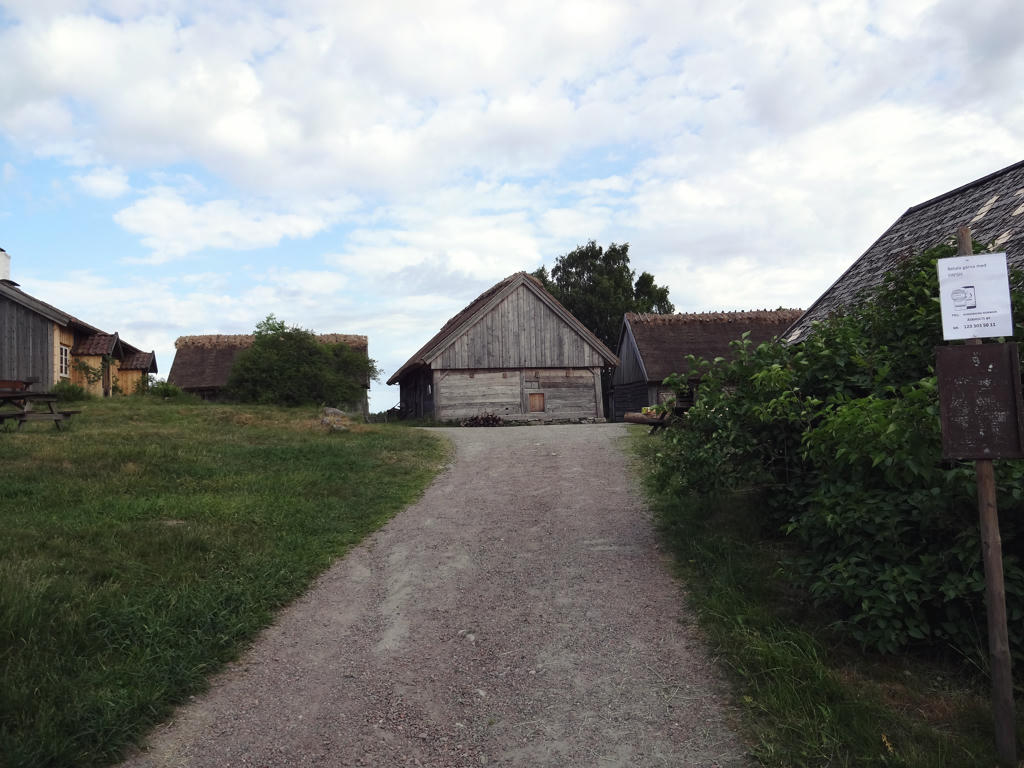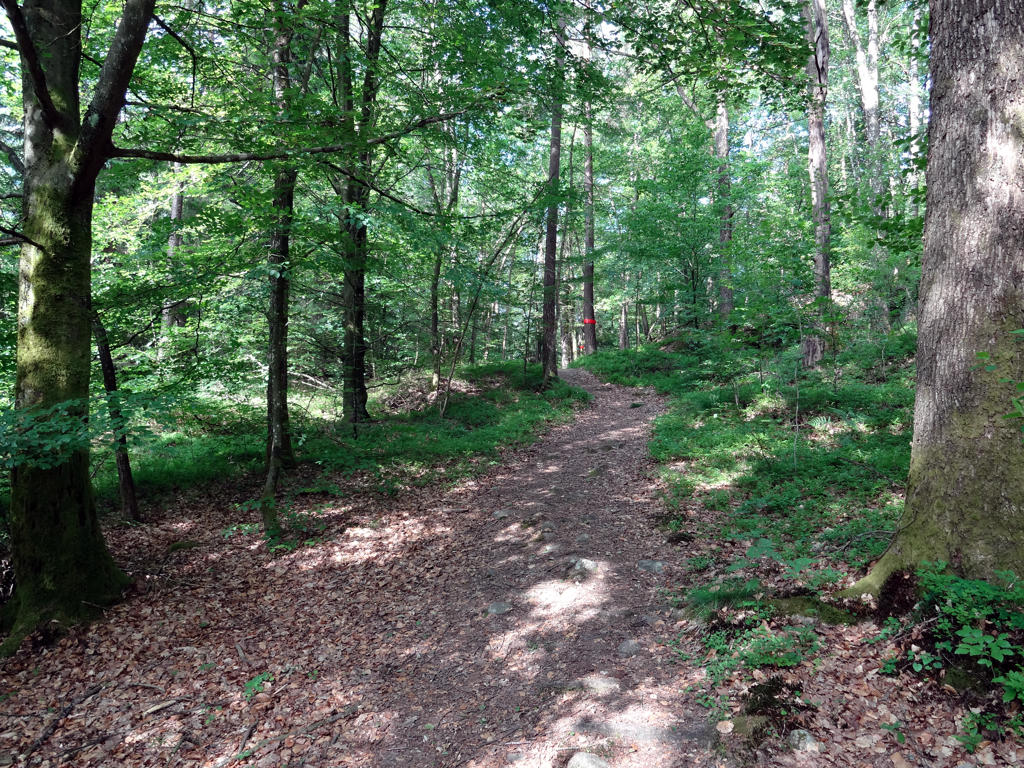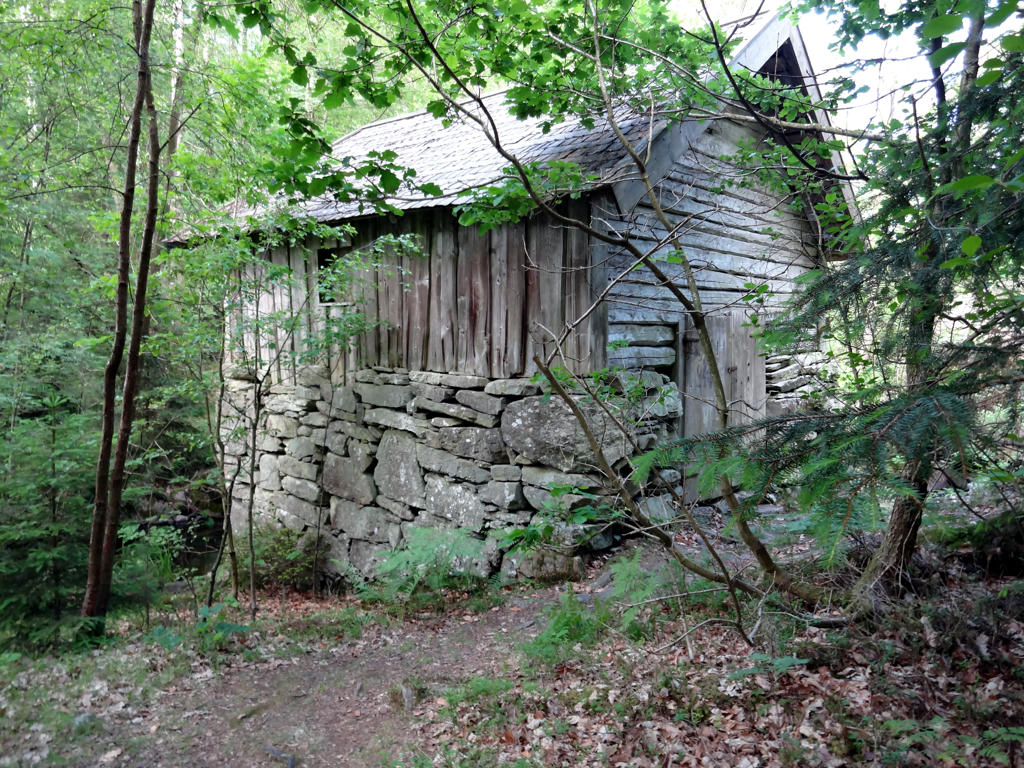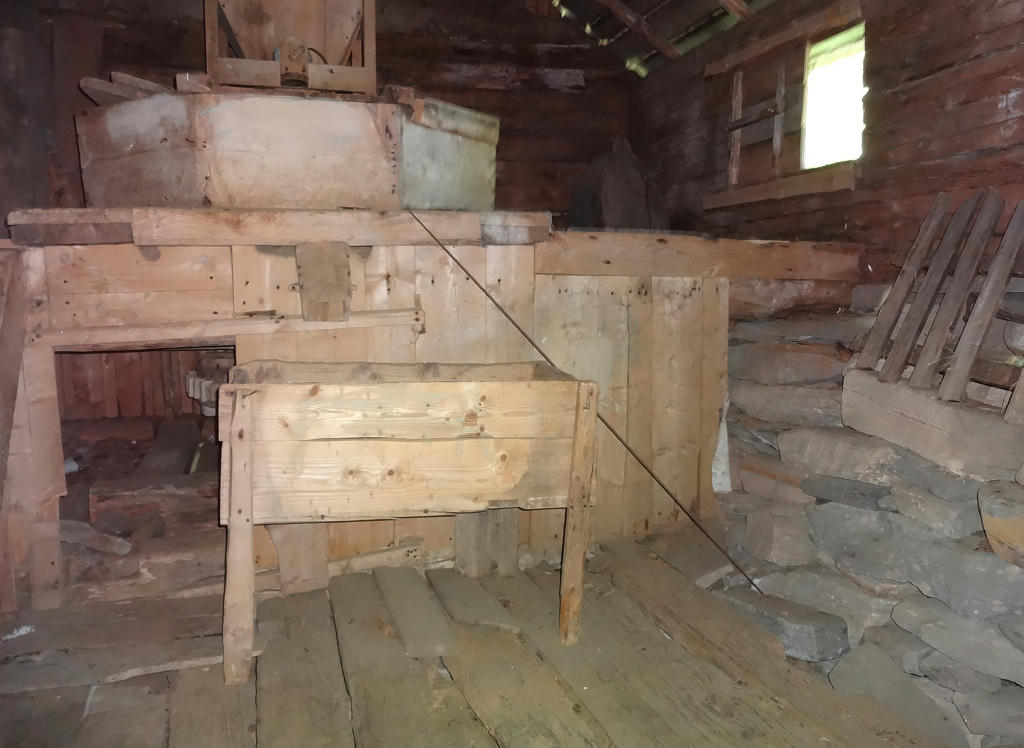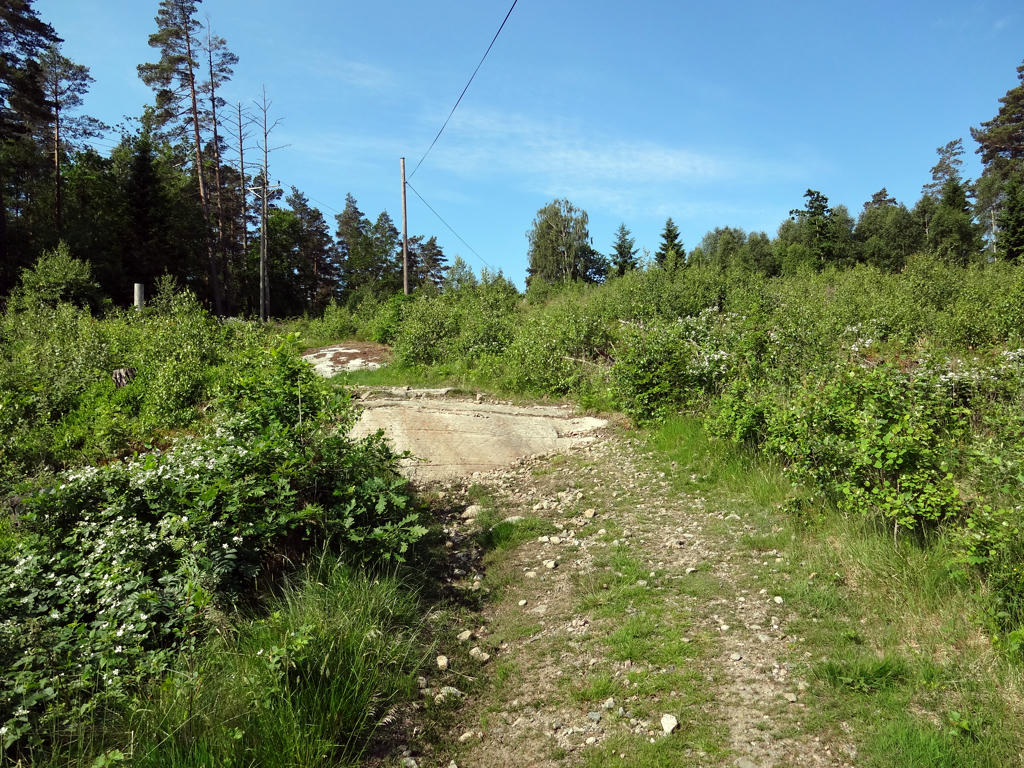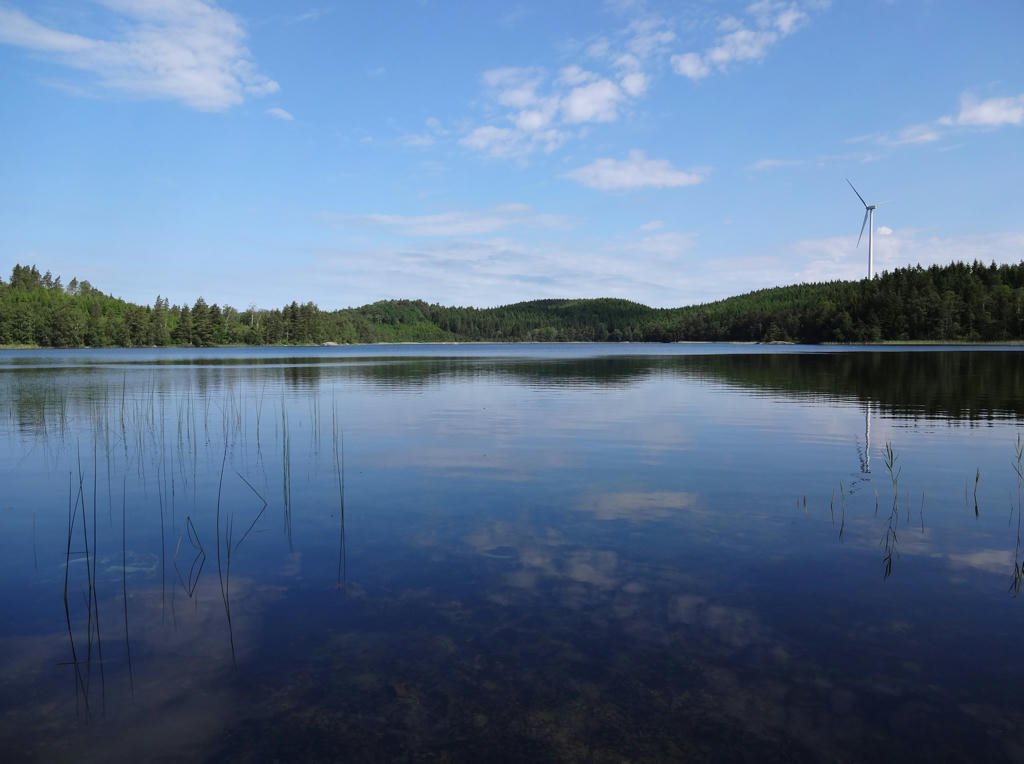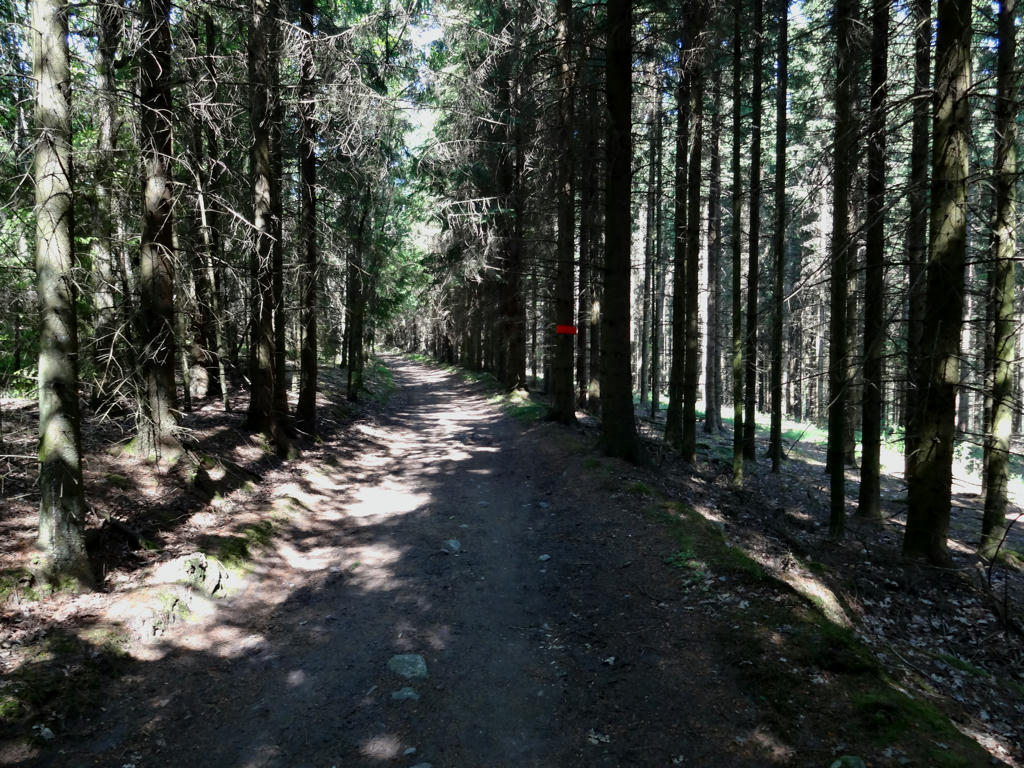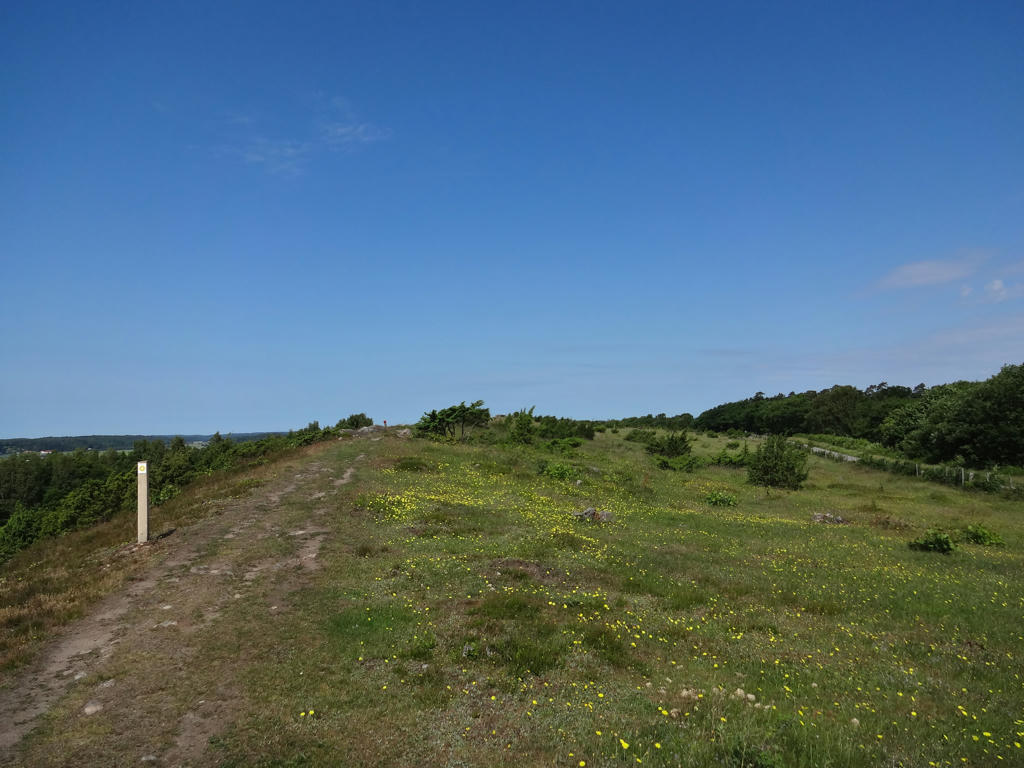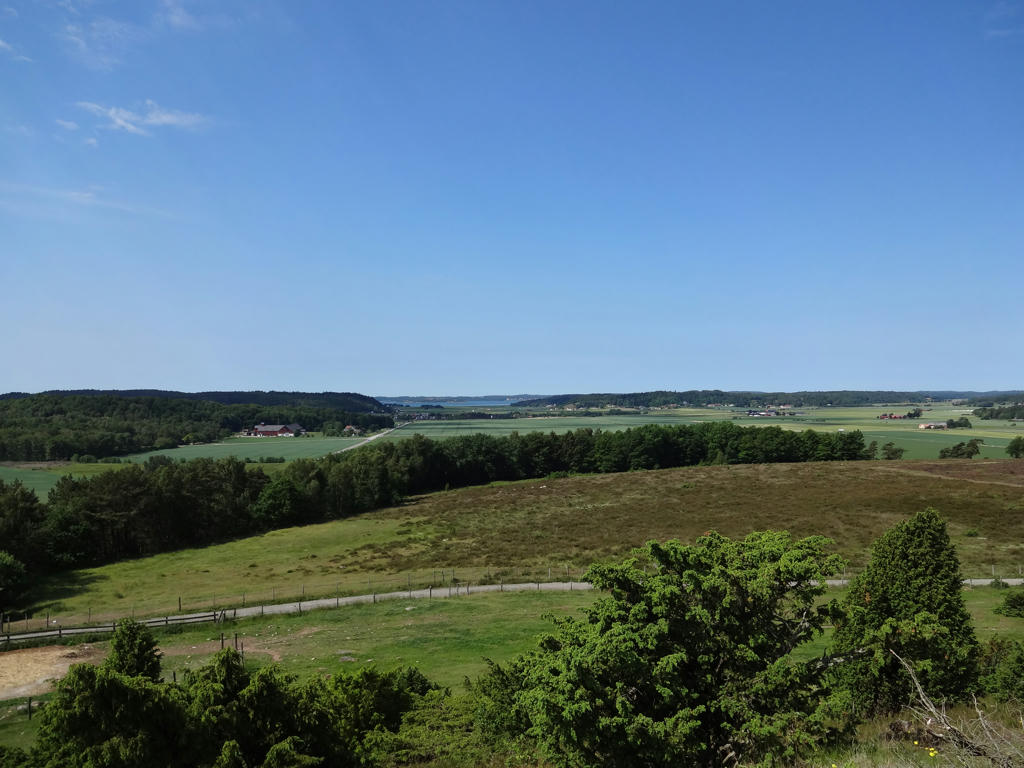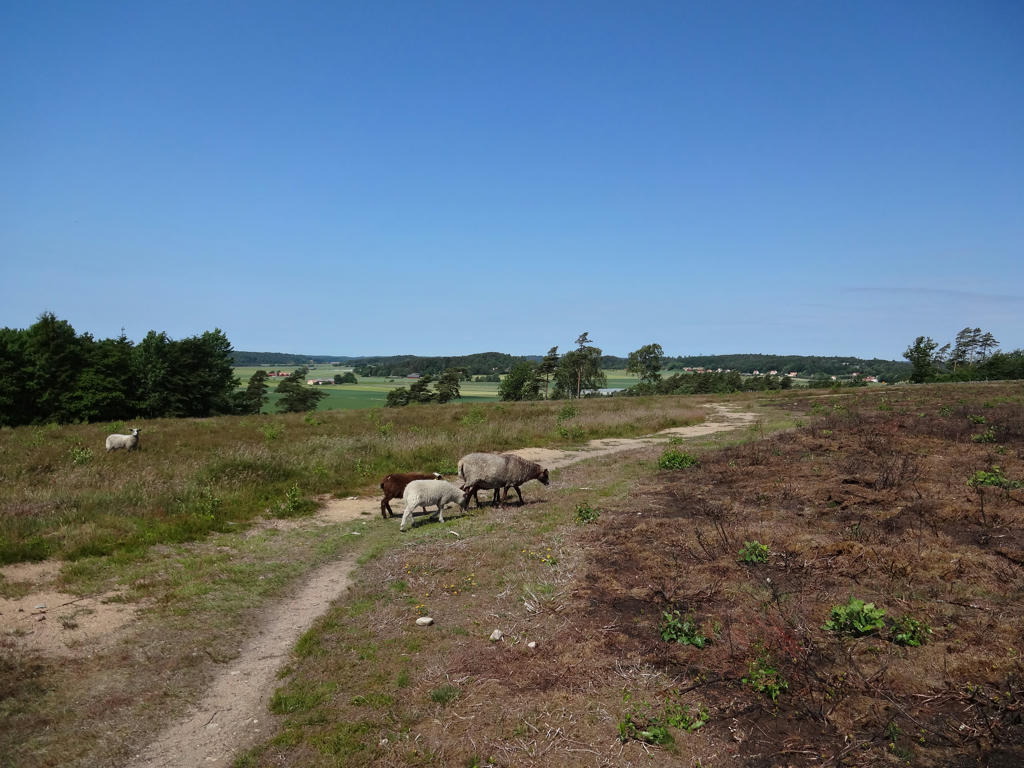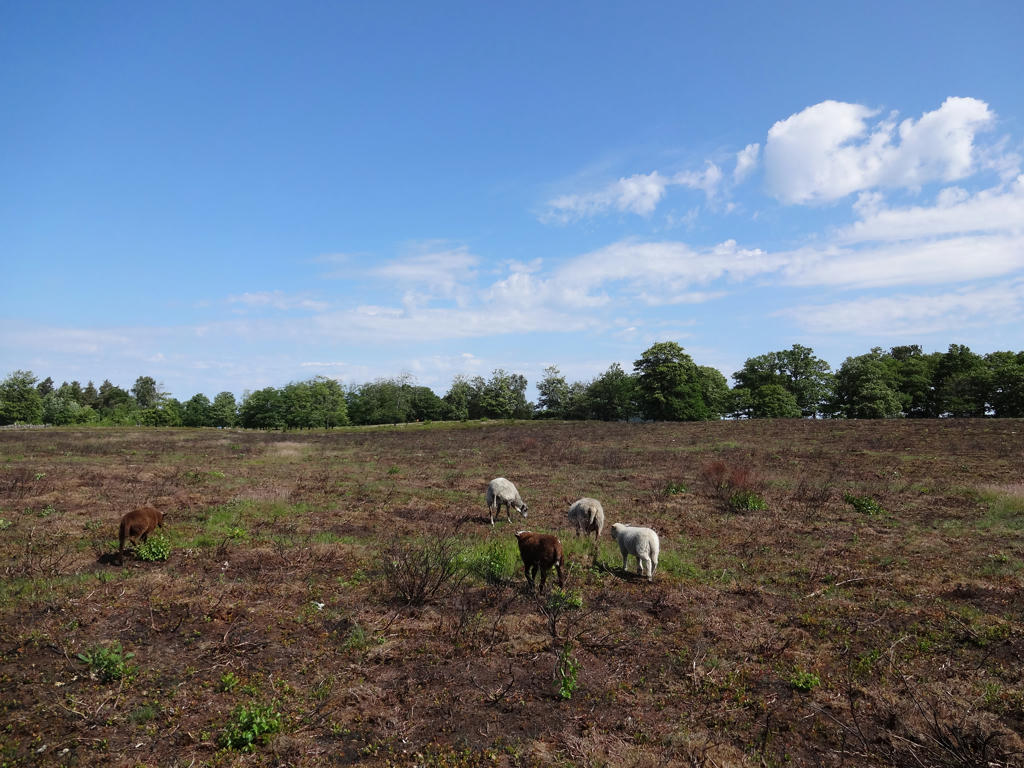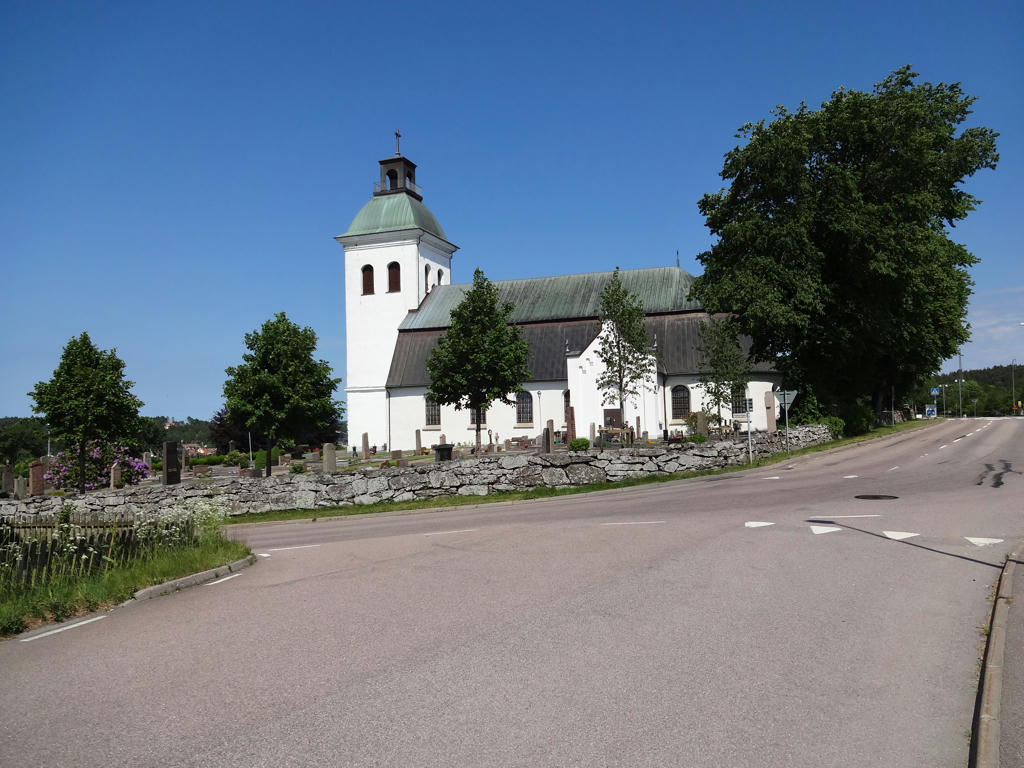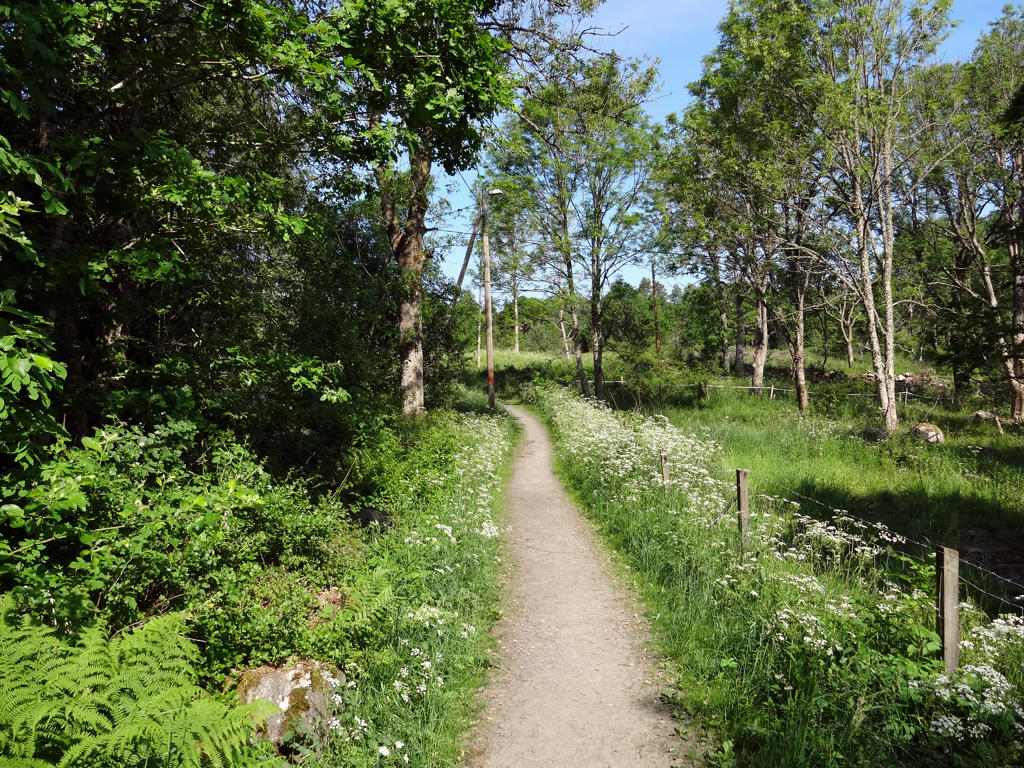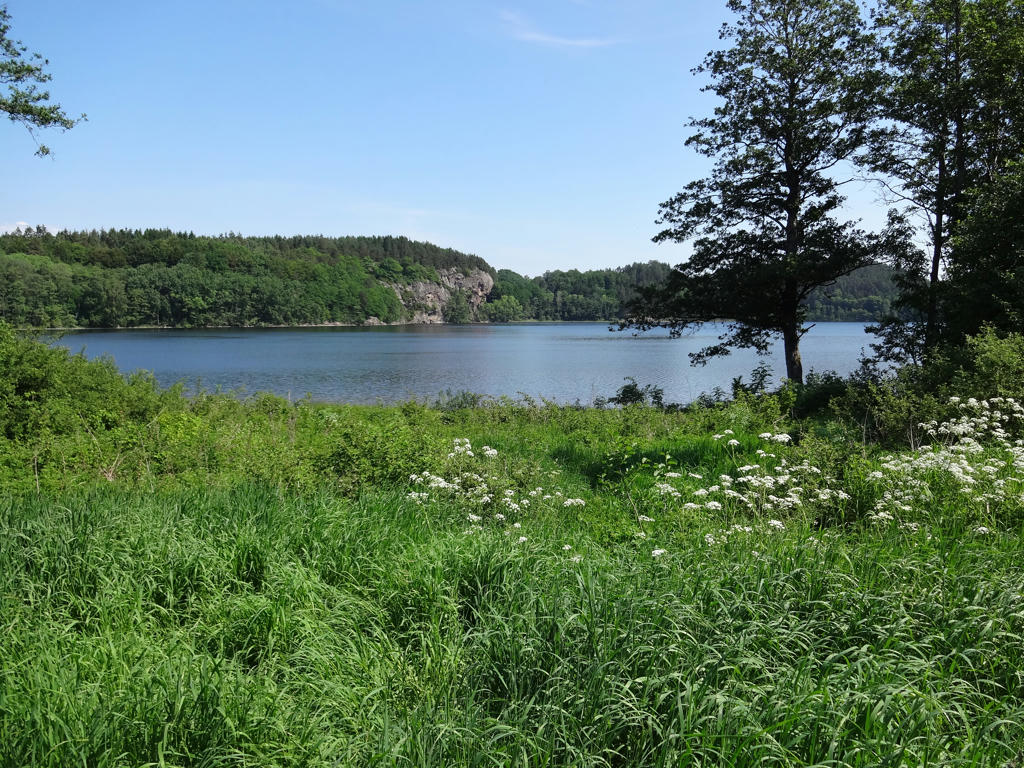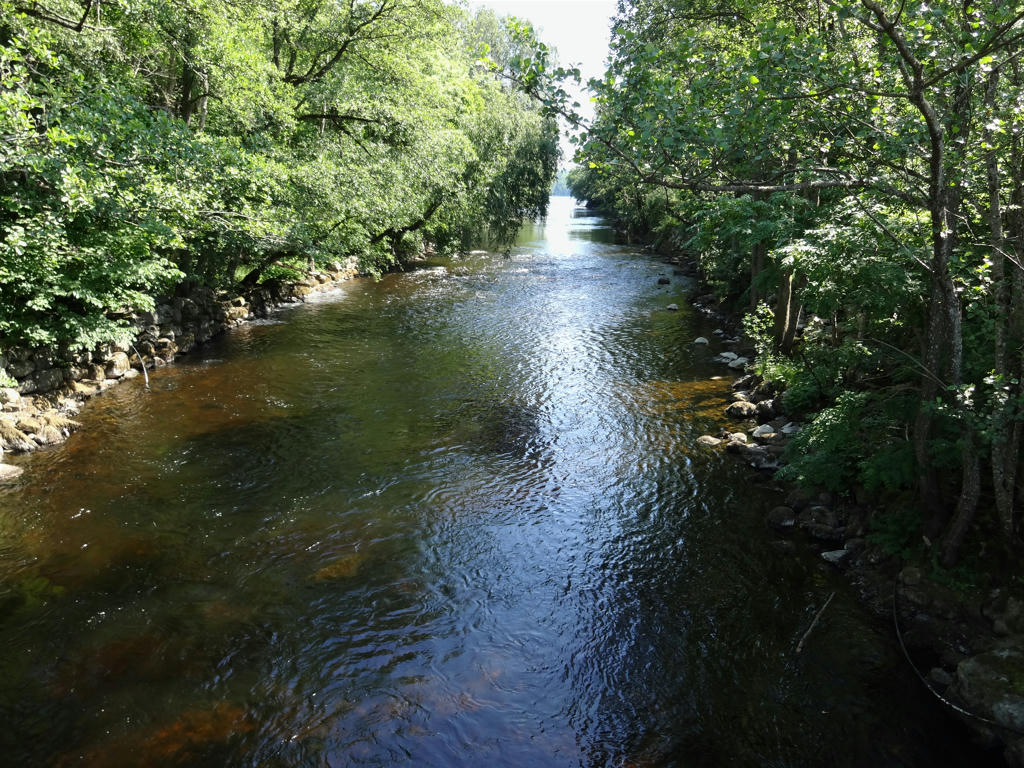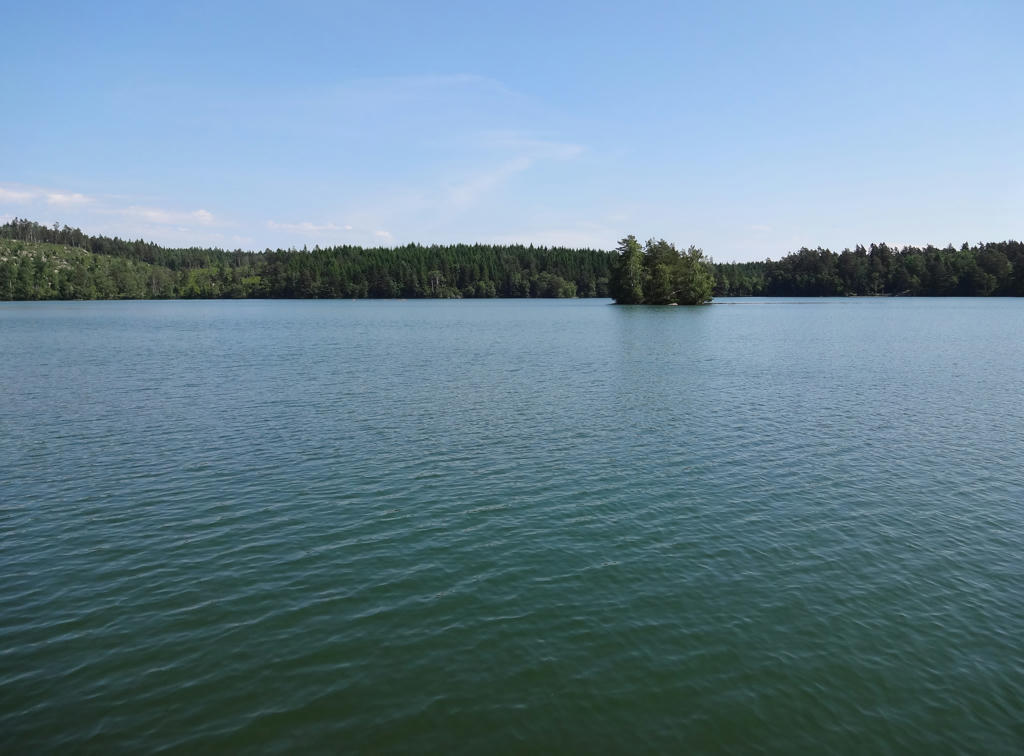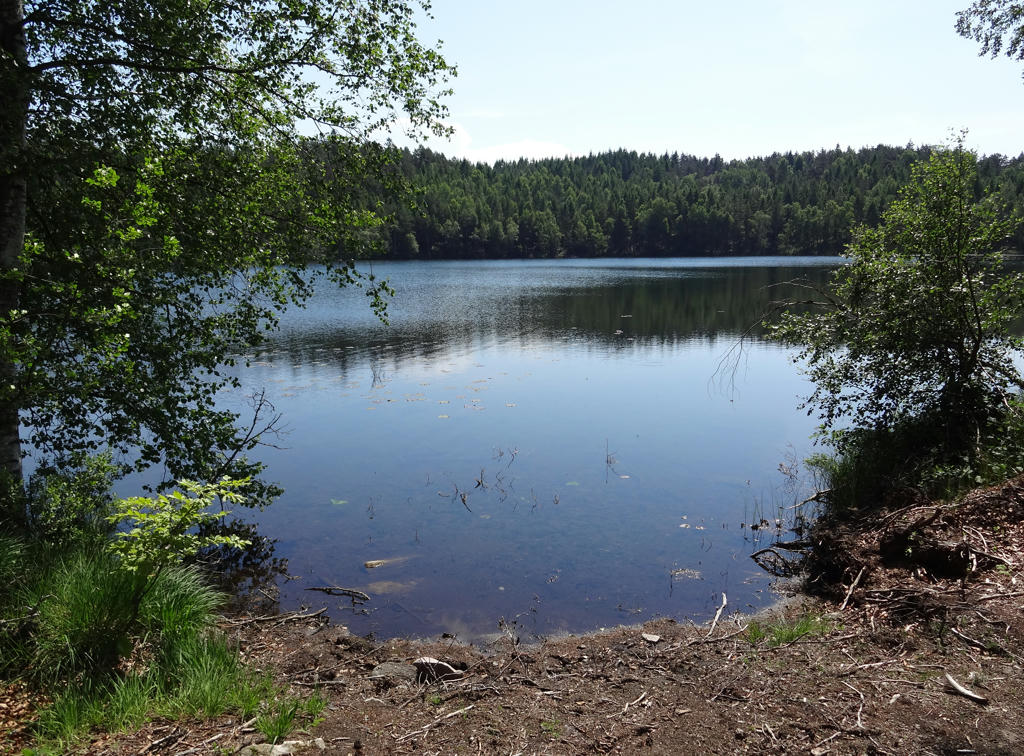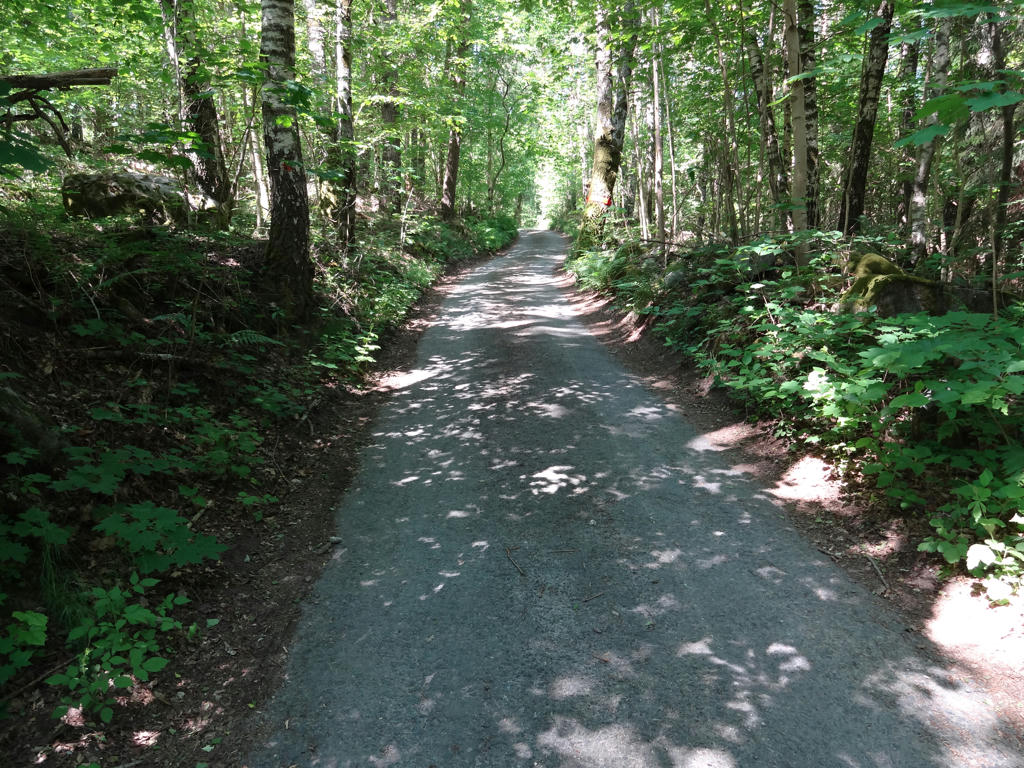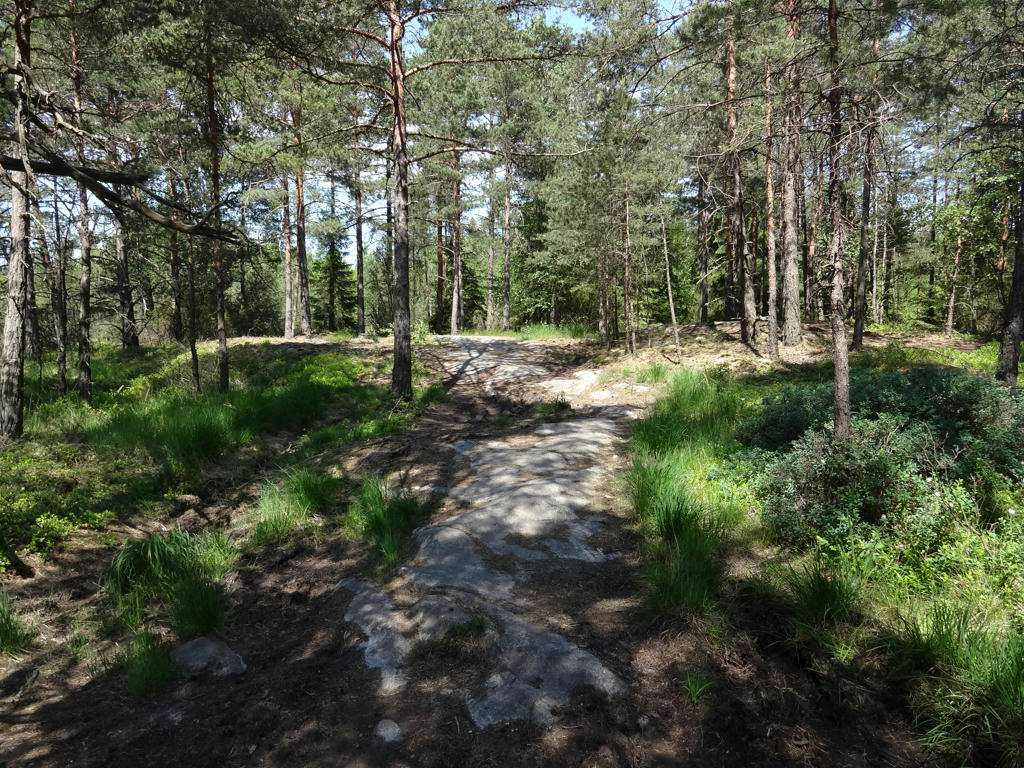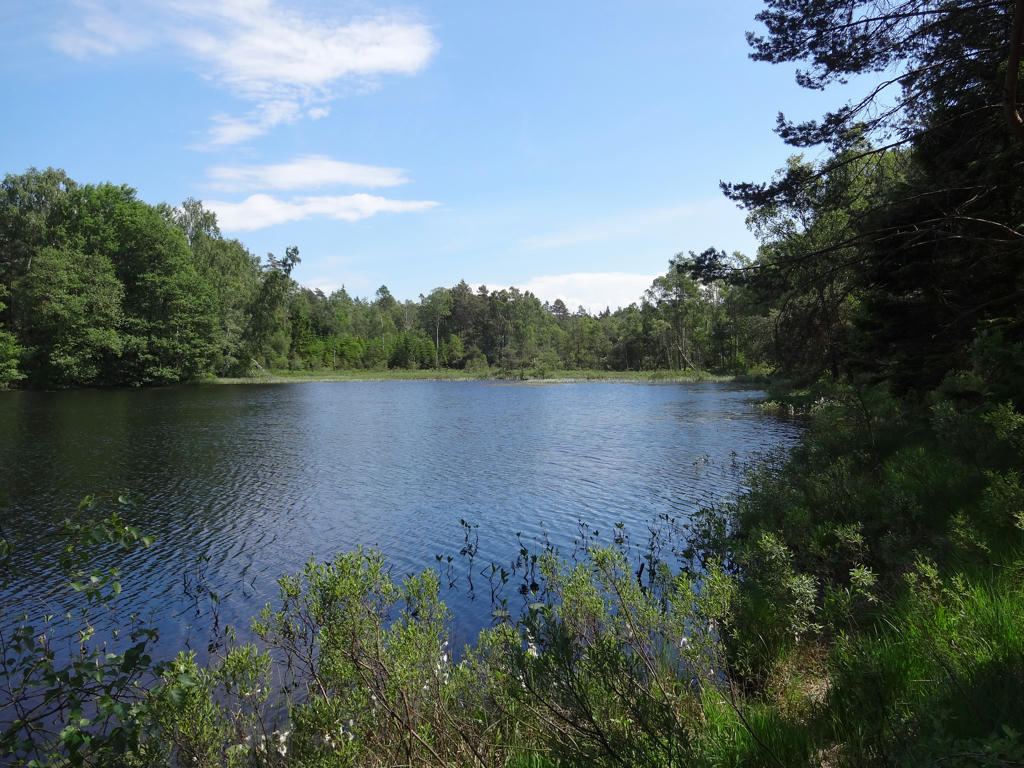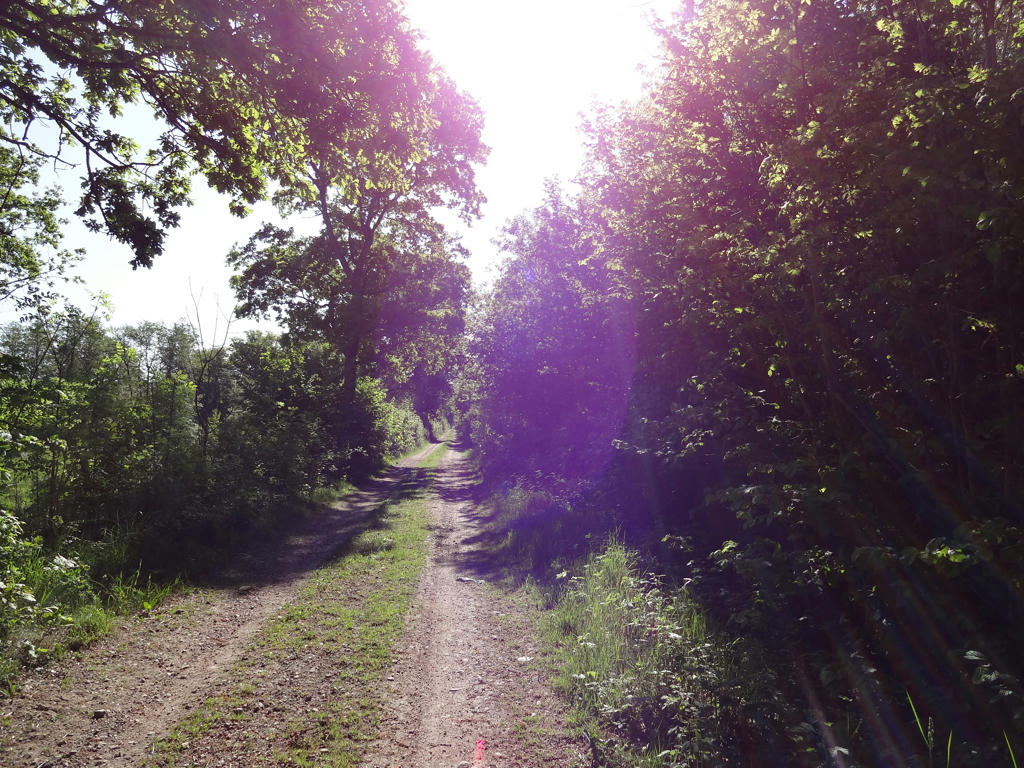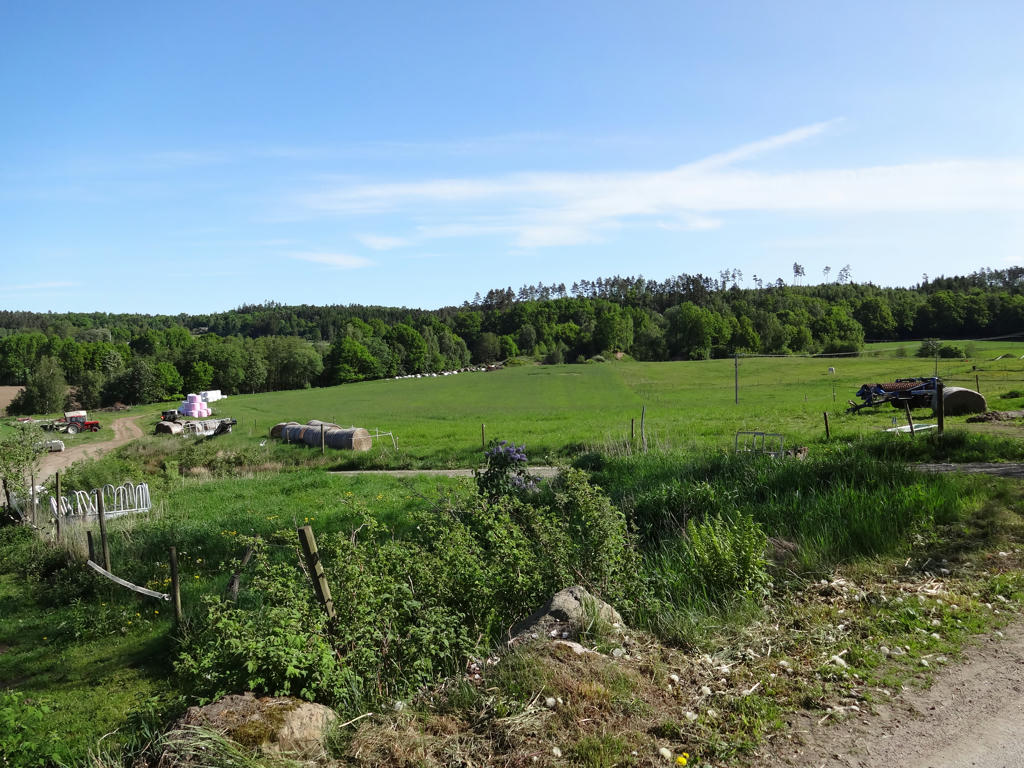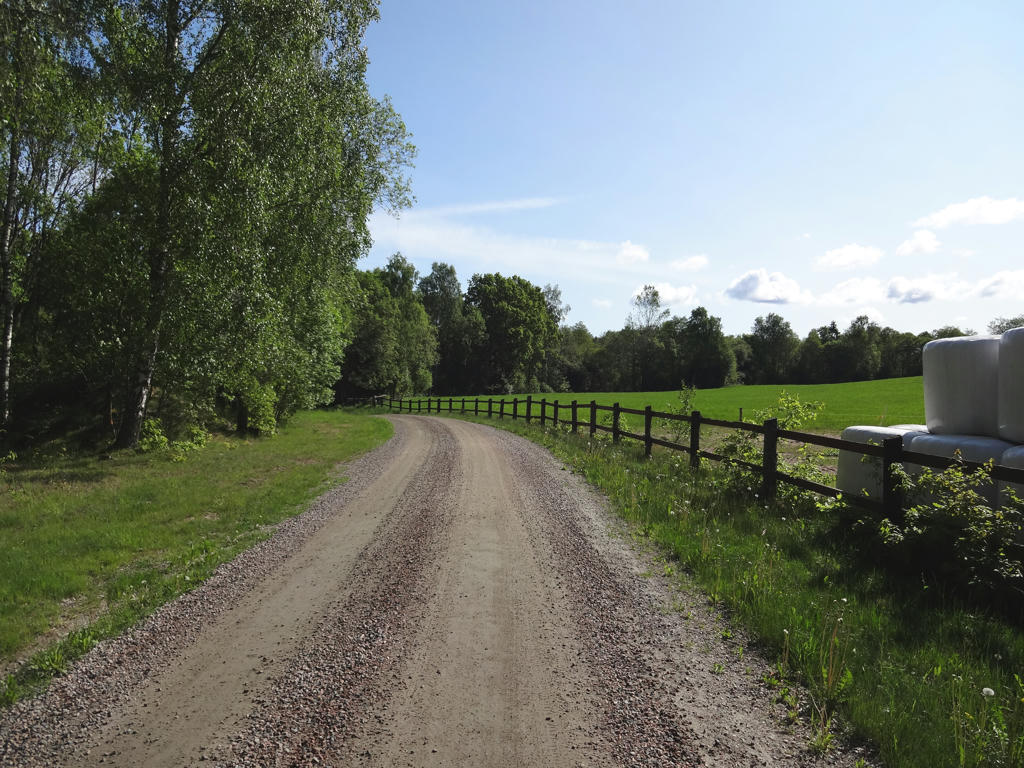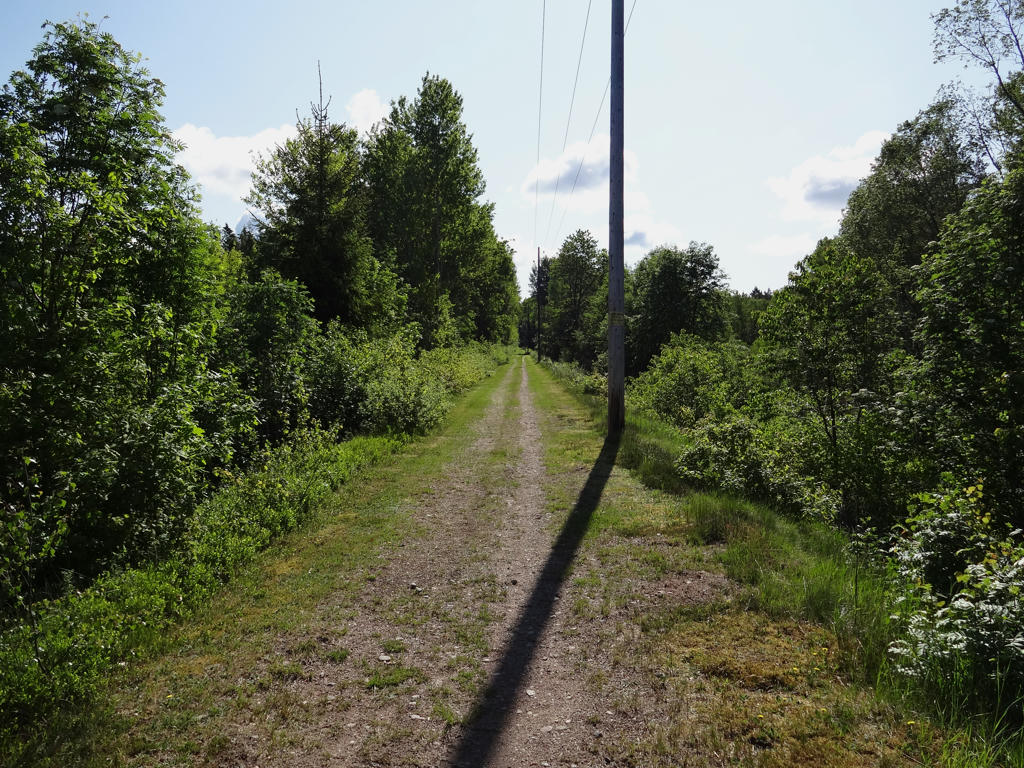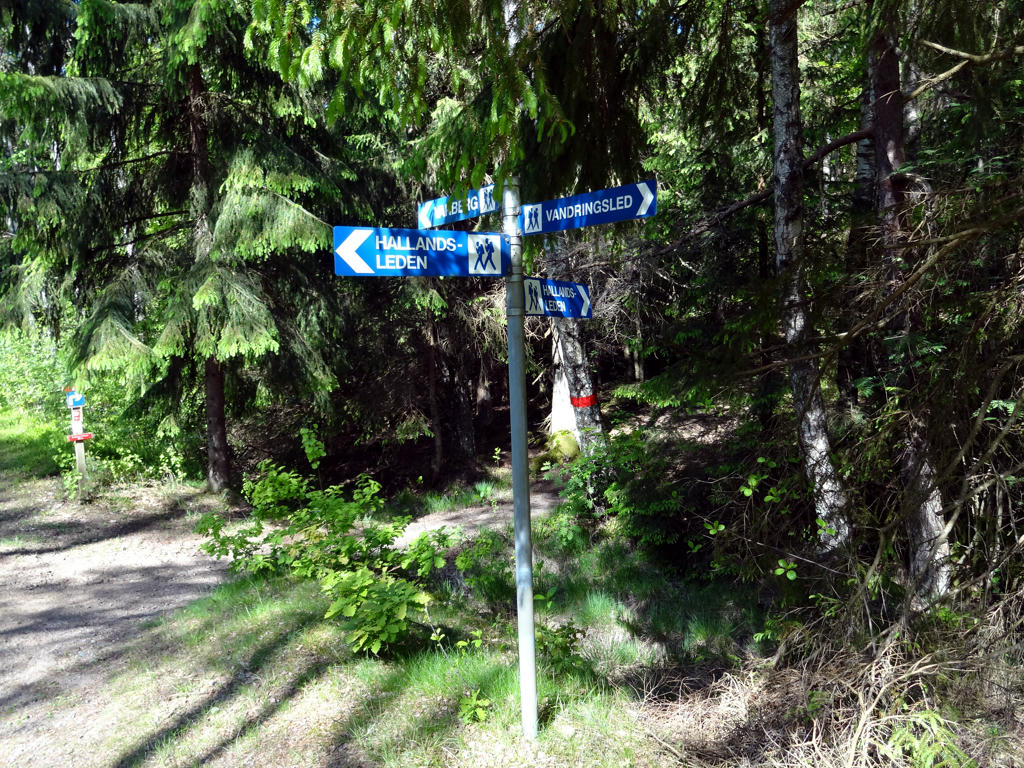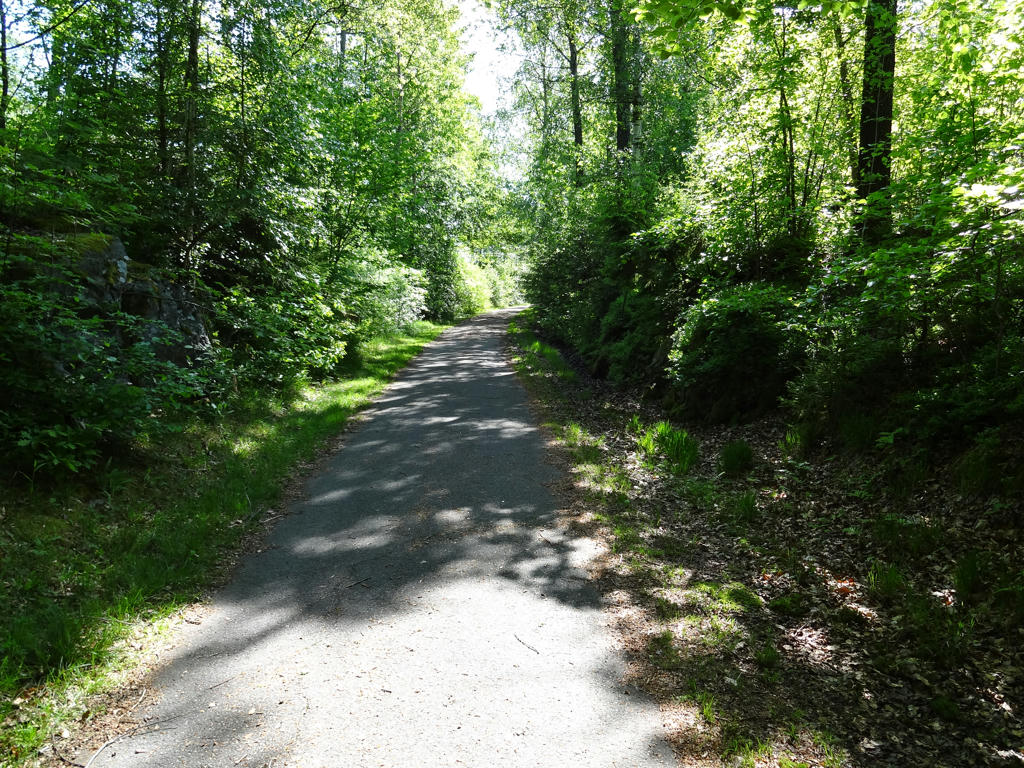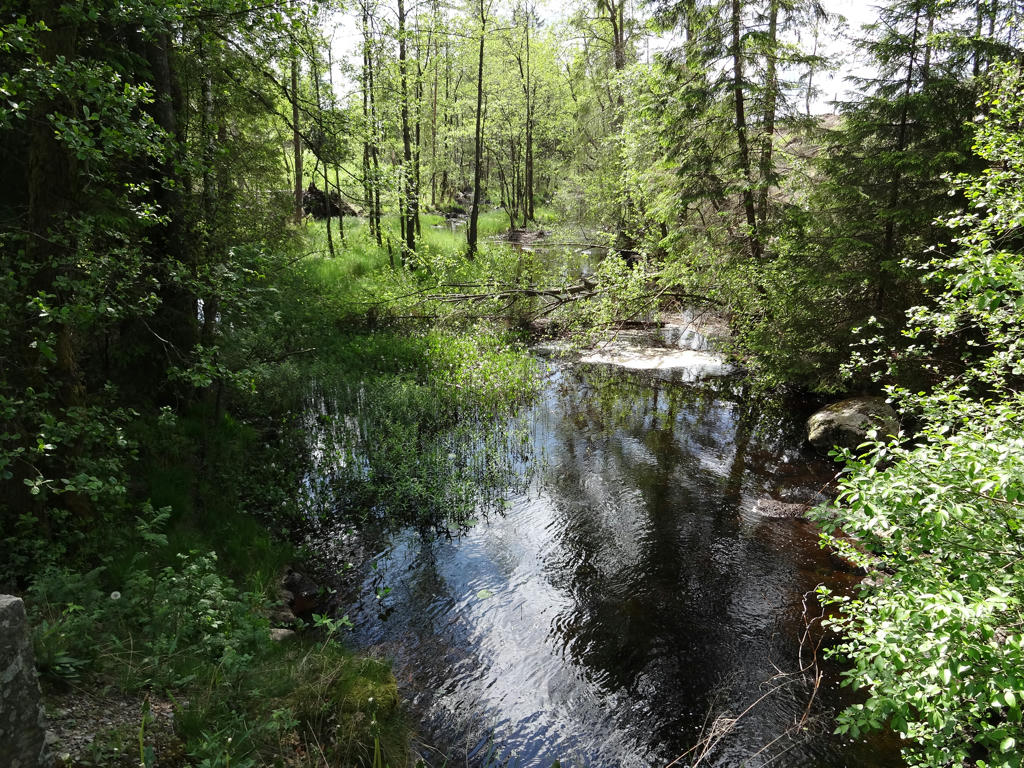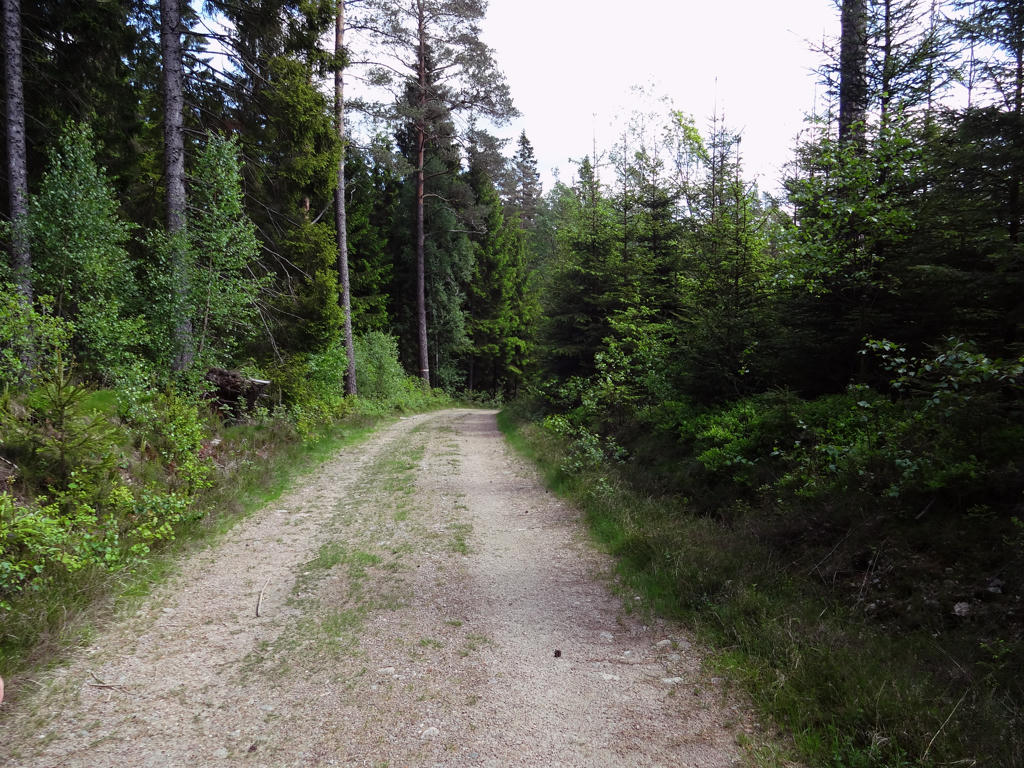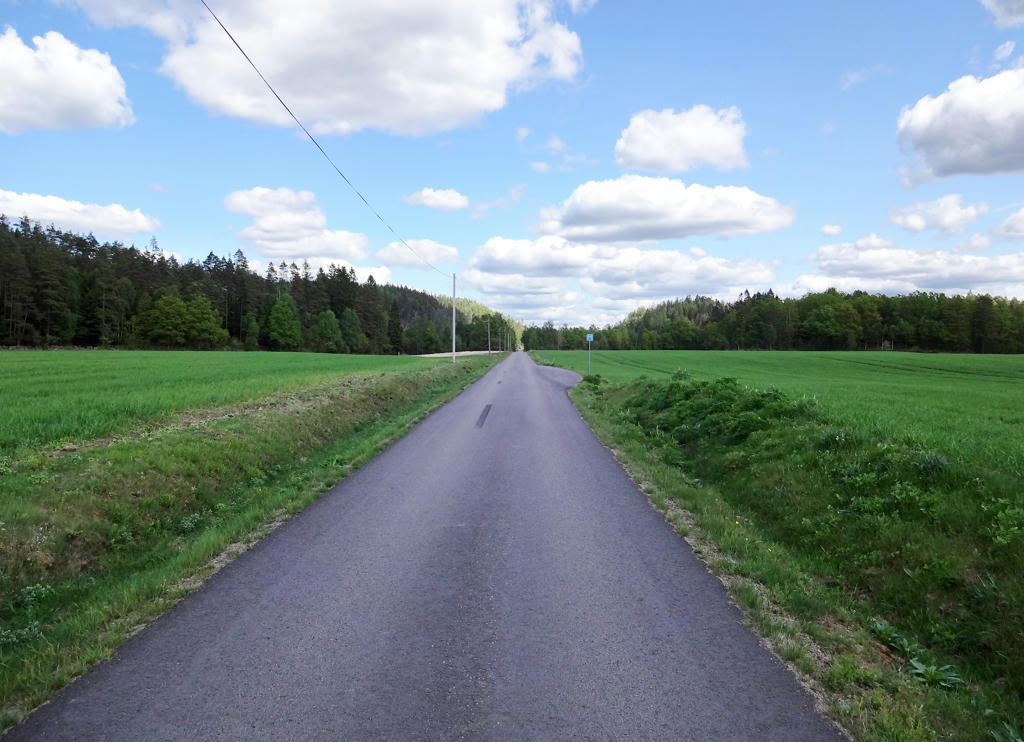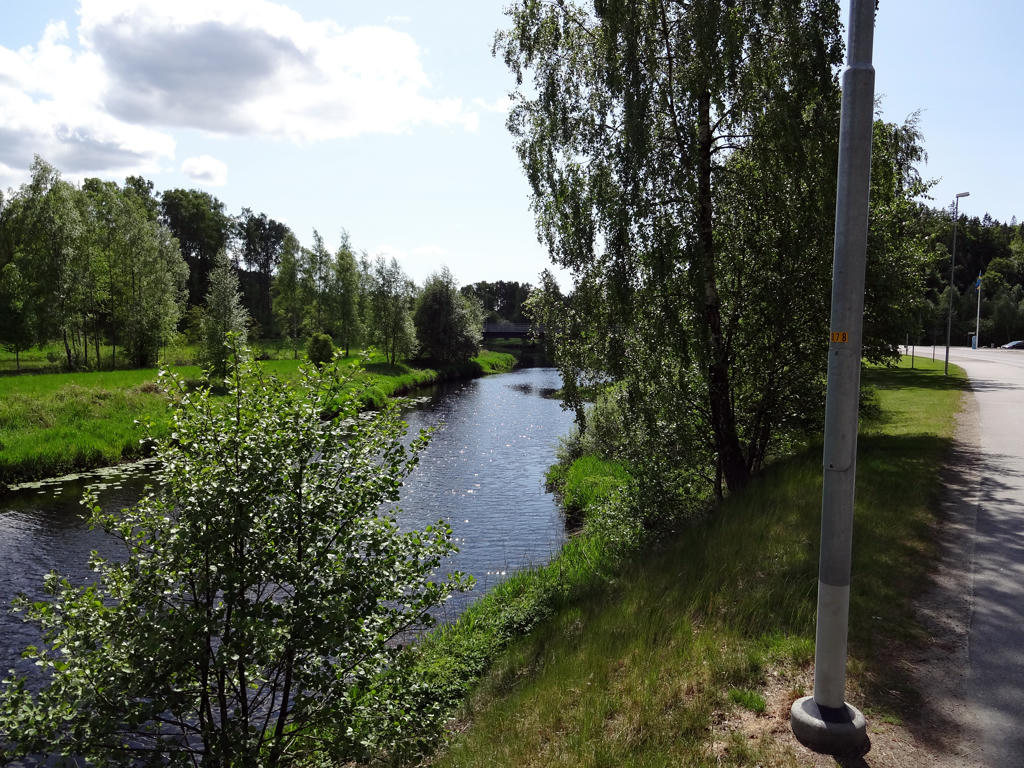Already on Tuesday I went for the next walk. Just like last time I did so by first taking the train (to Kungsbacka) and then the bus (to Fjärås and then further to Axtorp). This time I started off at the bus stop 1.3km before Axtorp to join the trail and then walked to Fjärås, i.e. where I started last time (this time Hallandsleden also overlaps with E1). The walk was in total 14.5km and took 3h18min. It was a pretty easy walk and took place mostly on gravel or asphalt roads but nonetheless with nice things to see along the way (as tends to be the case for most walks), as shown in the photos below:
1.
This house and the barns on this plot of land located in Axtorp belonged to a member of parliament Aron Christoffer Gunnarsson (1855-1944). The house/farm was built in 1836 "after a fire had destroyed in the whole village of Axtorp". Aron Christoffer Gunnarsson "aquired the farm by marriage in 1882 and lived here during a long and active life, first as a "member of parliament, then as an authorative "peasant chieftain" and municipal representative. One of his lasting contributions was the improvement of roads in the district."
2.
Part of Äskhult culture reserve. Äskhult is a well conserved village environment. The buildings are old fashioned and give a good picture of how villages in southwest Sweden looked like 200 years ago. The village and the belonging plot of land were protected as a "notable buildings" in 1981. In 2004 these buildings and the surrounding lands got protected as culture reserves. The purpose of the cultural reserve is to recreate and revitalize the landscape to how it looked before "the Great Redistribution of Land Holdings" (storskifte in Swedish) (1827) and laga skifte (in Swedish) (1865). Several things are being done to restore the landscape. For instance, starting in 1997 big areas of the pin tree forest to the north have been falled to get a open heather moreland landscape. Here sheep and cows are grazing and the land is burnt in a traditional way every 5 to 10 years. The image was a bit dark so I equalized the levels histogram and increased the brightness slightly.
3.
The photo looked too greenish and therefore I equalized the levels channel (which helped quite much).
4.
Västra Skog's water-mill. "Västra Skog's small water-mill - a relic from an economy based on domestic production
In the olden days almost every farm had its own mill. In the early 18th century, Förlanda boasted more than twenty mills. The small water-mill in front of you was erected around 1880 and was used until the late 1920s. It is in good condition but the water channel, which led the water to the paddle wheel, no longer remains. The door is open. Why not go in and try to imagine what it was like here a hundred years ago?" Equalized the levels channel histogram.
5.
And here's how it looks inside.
6.
The photo looked a bit dim/greyish and so I equalized the histogram.
7.
Skärsjön. Rotated the photo very slightly and then cropped it.
8.
The old Förlanda road. "You are not the first person to walk on this stretch of road. For about a thousand years people and animals followed the ridge of Fjärås Bräcka and its continuation in this direction, called "the Gothenburg moraine". To the west there was previously sea and muddy coastland while to the east were lakes and marshes. This particular road ran to the south to the parish church in Frölanda." The photo looked a bit dim/greyish and therefore I increased the contrast. Also decreased the brightness for the bright spots and the overall brightness of the photo.
9.
Fjärås Bräcka. Slightly increased brightness and contrast for the non-sky part.
10.
11.
View from Fjärås Bräcka. Notice that it's possible to see all the way to the sea.
12.
Sheep grazing the heather moorland at Fjärås Bräcka. "Worldwide distribution of heather moorland is limited to Western Europe. For 5000 years the extensive moors have been formed by human beings using fire and grazing animals. 100 years ago there were still 500000 hectares of heather moorland in Sweden, however by the year 2000 only a fraction remained - less than 2500 hectares! A large number of species that previously lived on the heather moors have today almost disappeared. It's only through conserving and increasing the area of traditionally maintained heather moorland that these species can survive into the future."
13.
14.
A few of the 127 grave stones from the Iron Age found at Fjärås Bräcka.
15.
Fjärås Kyrka
